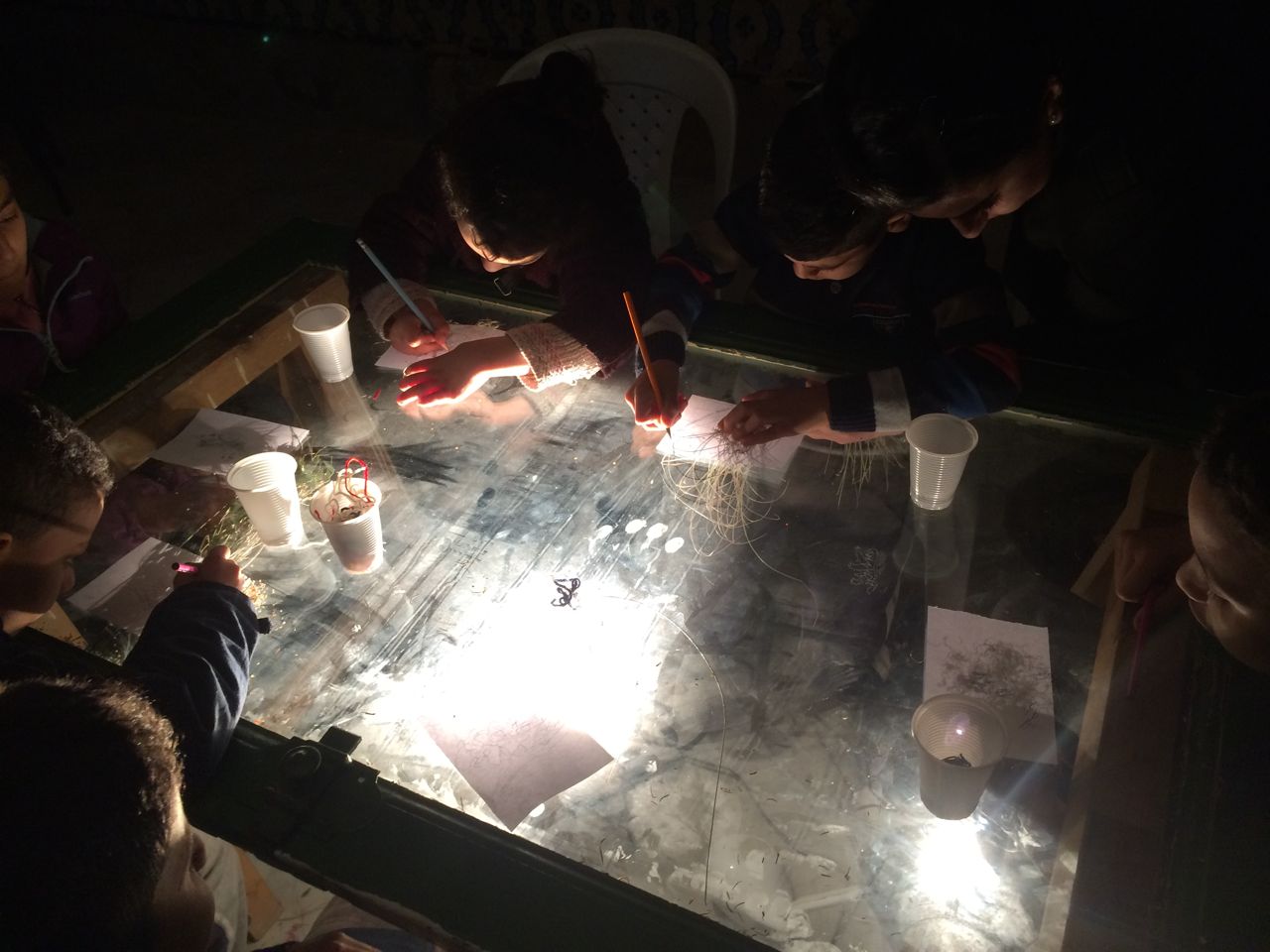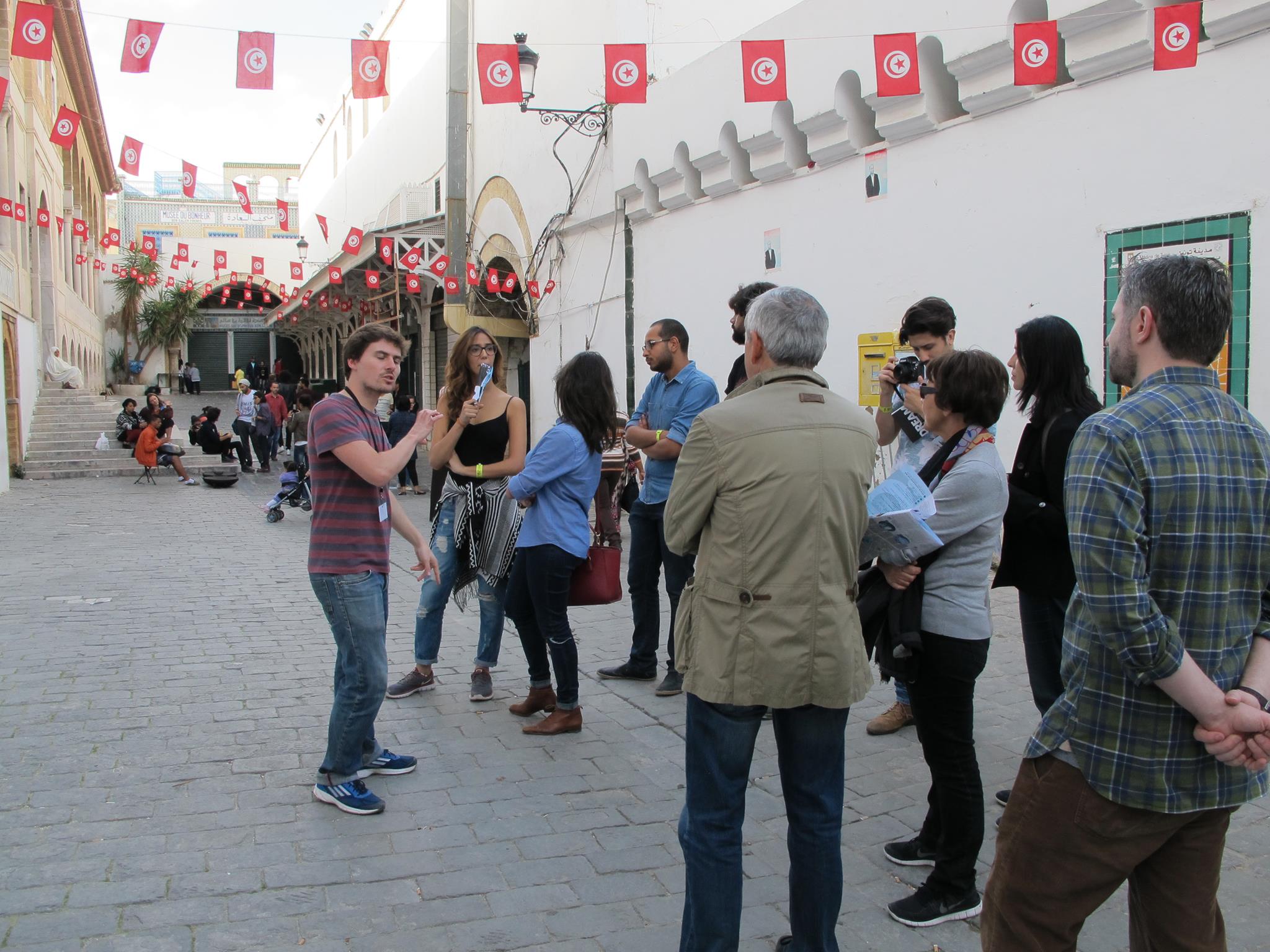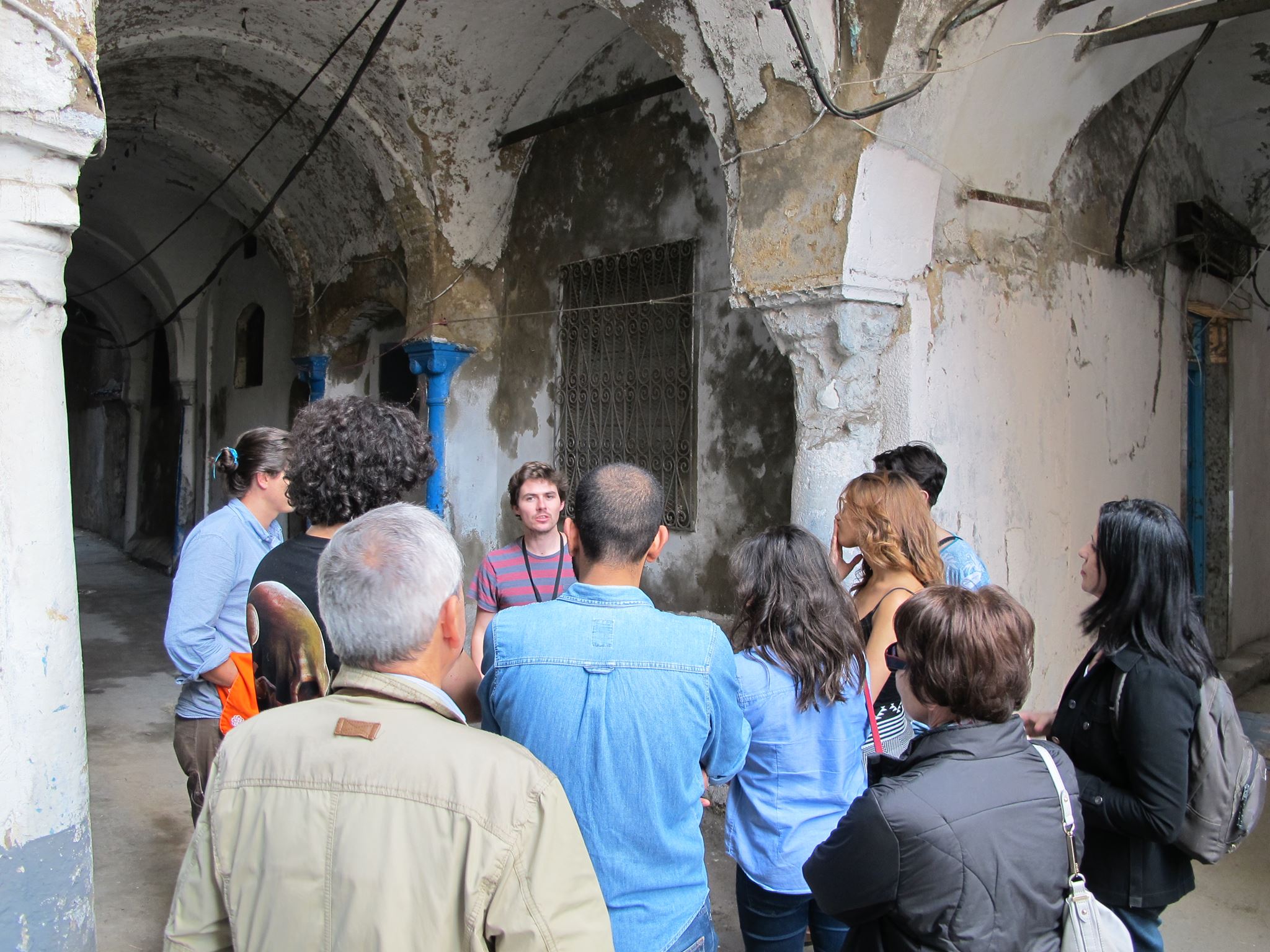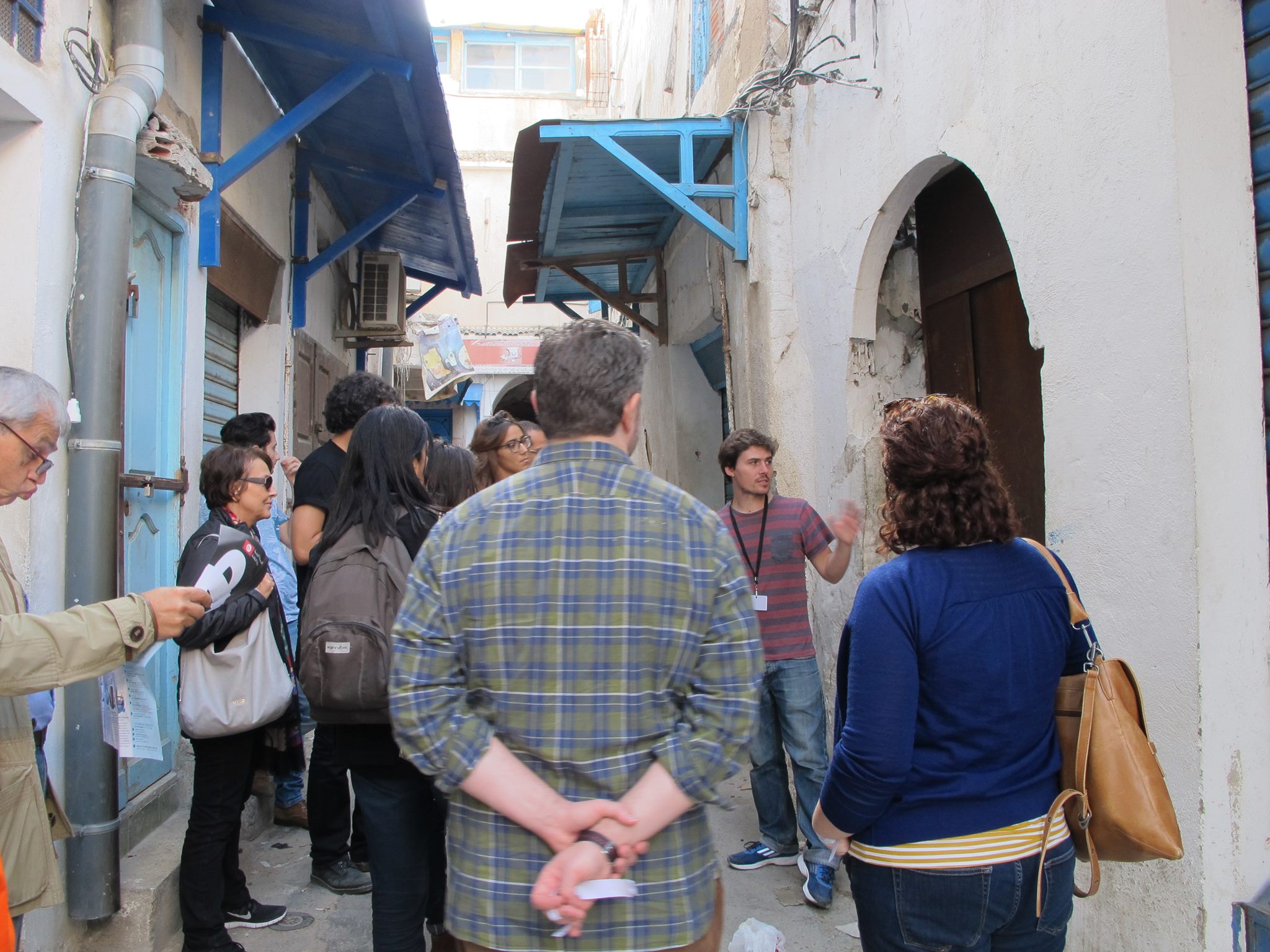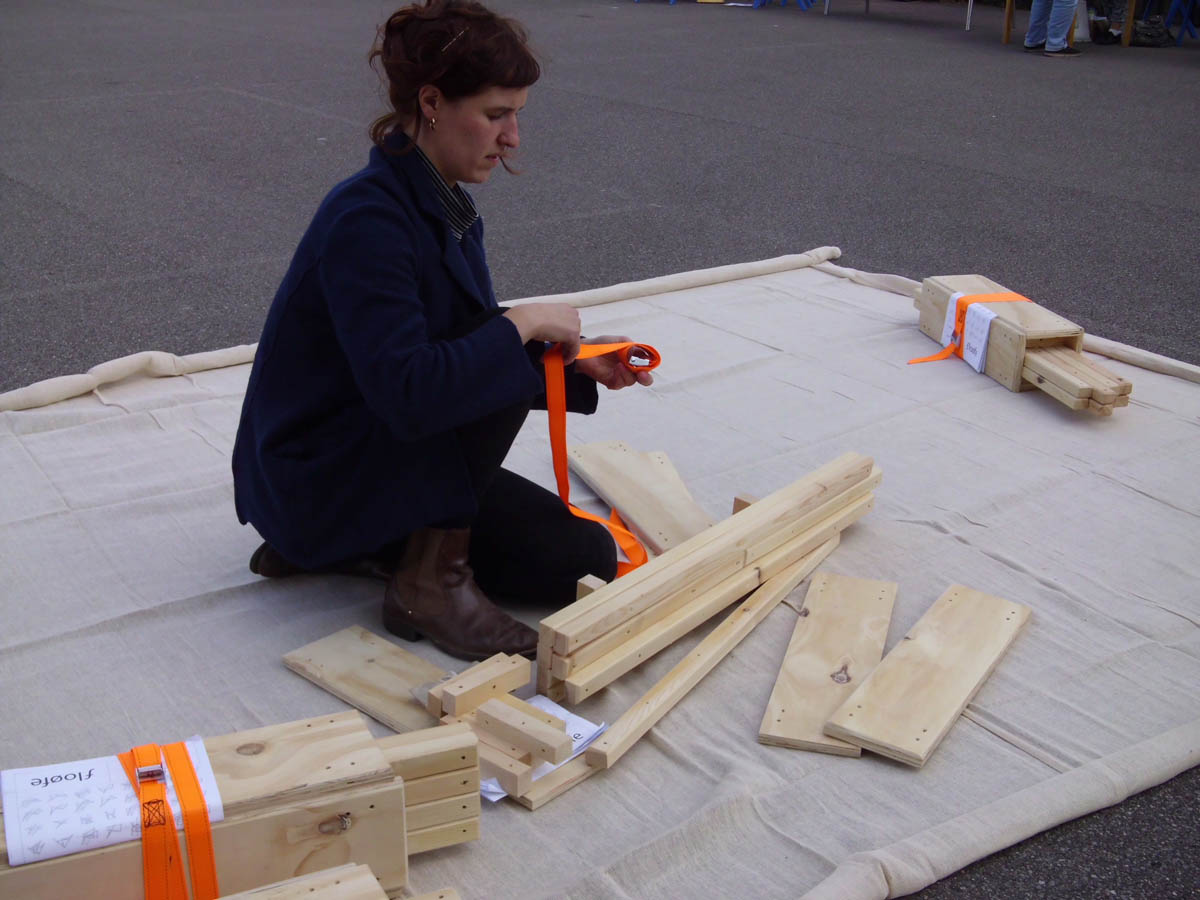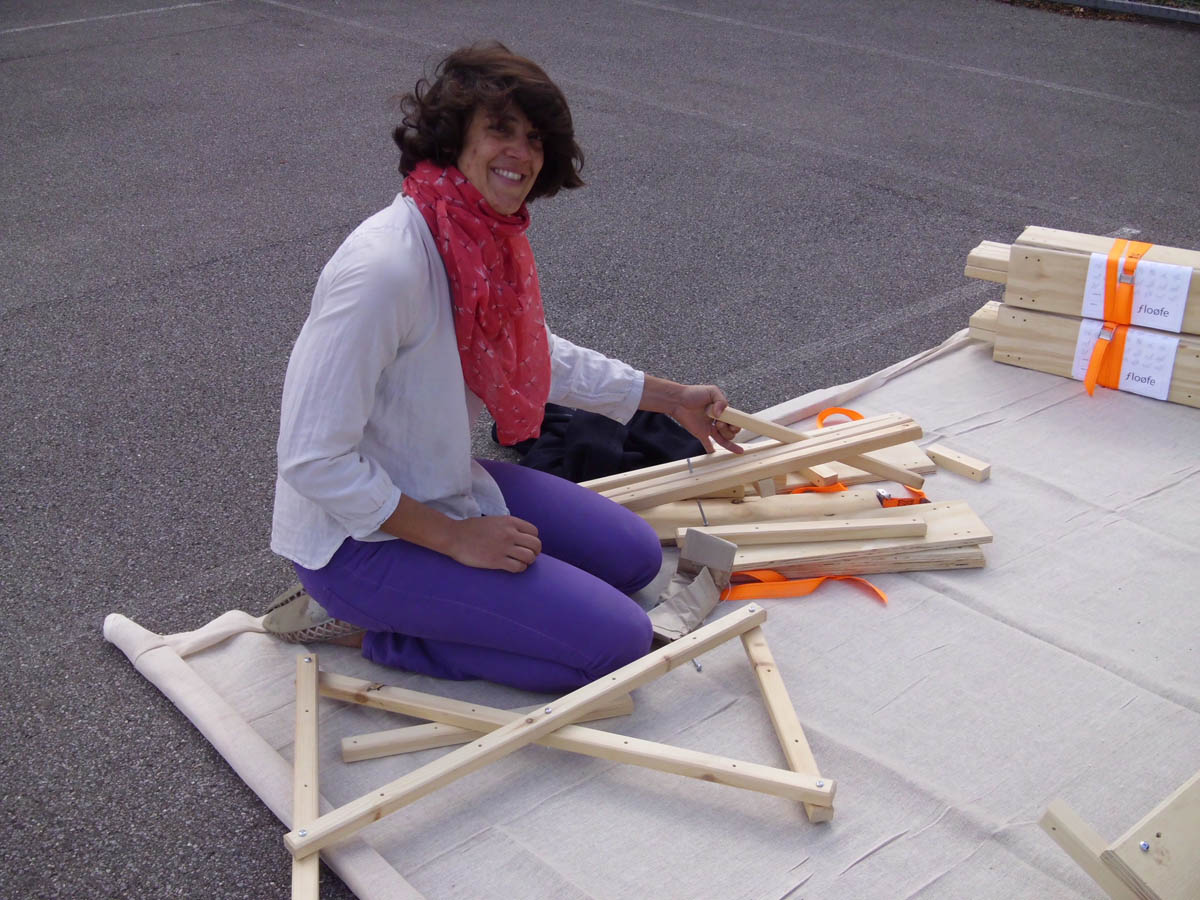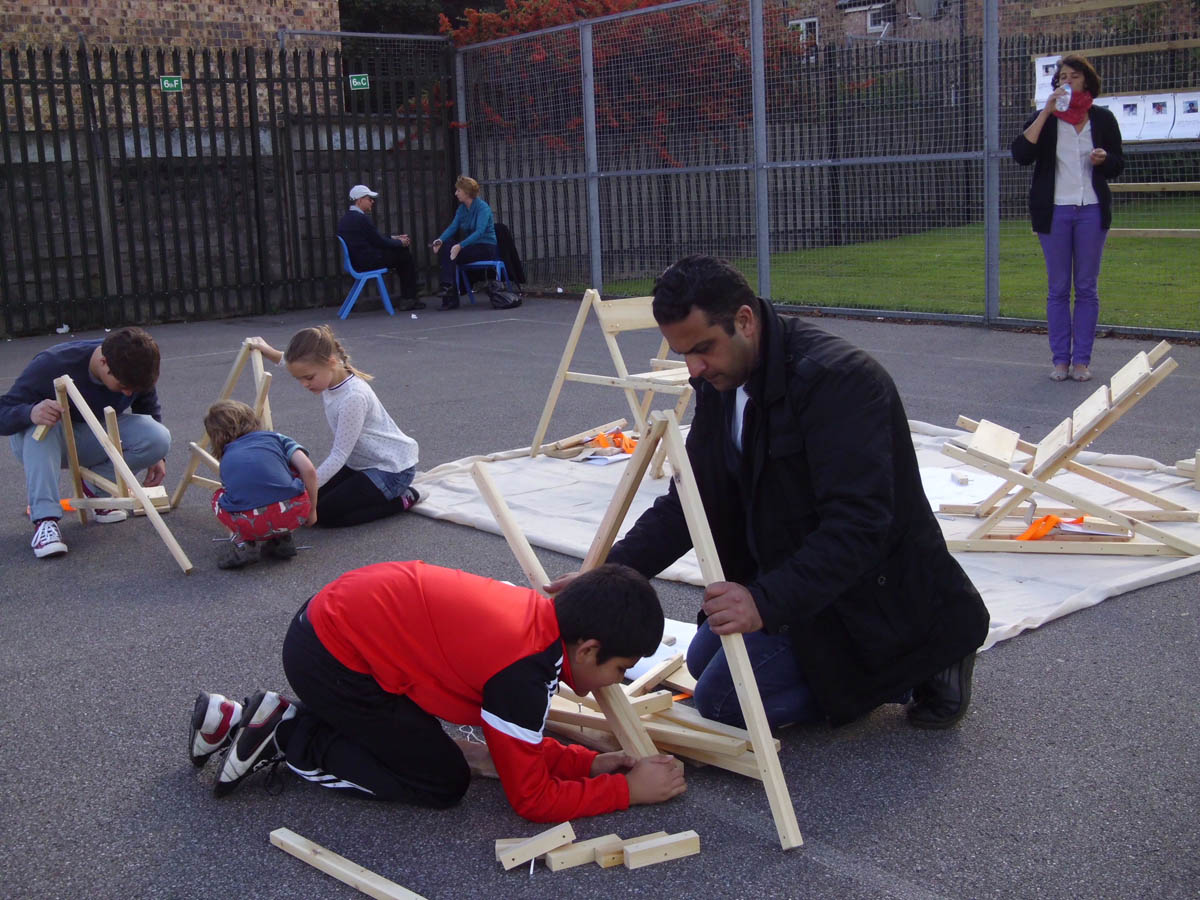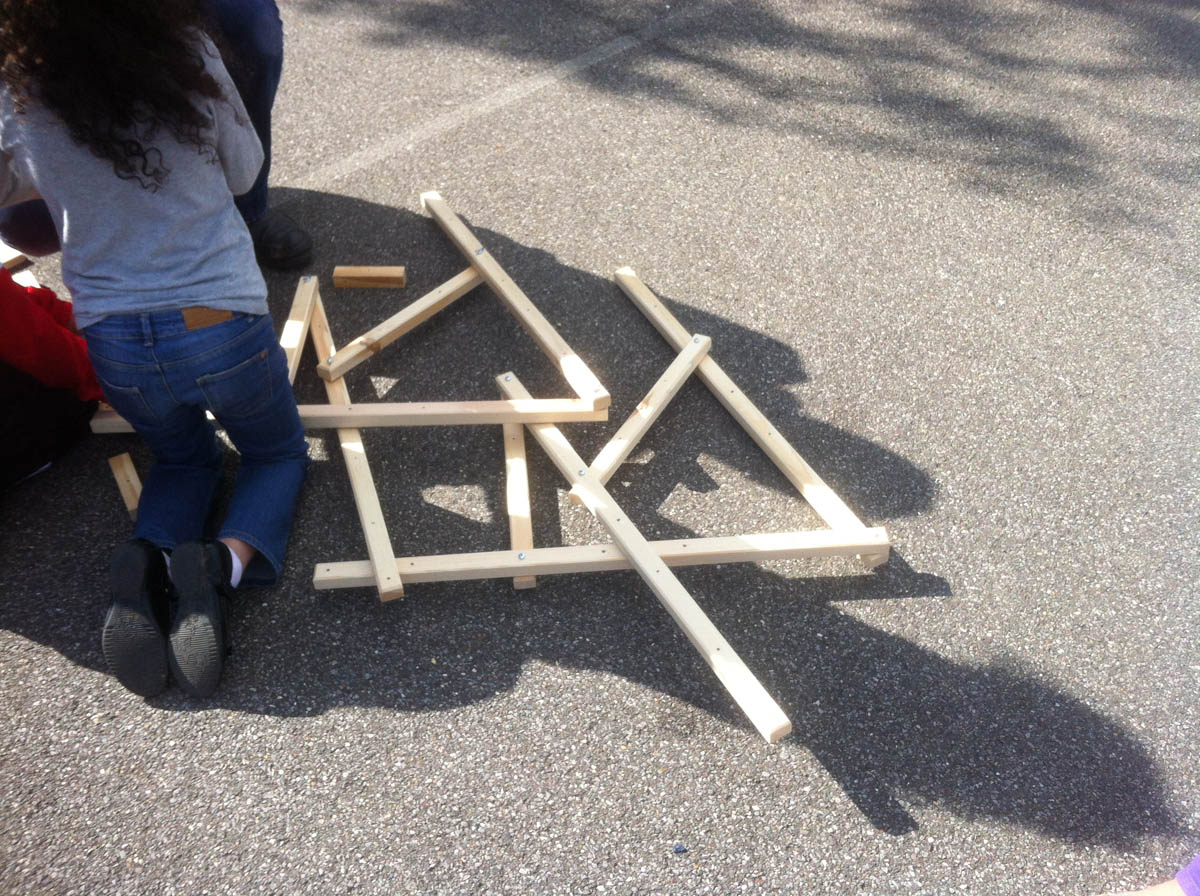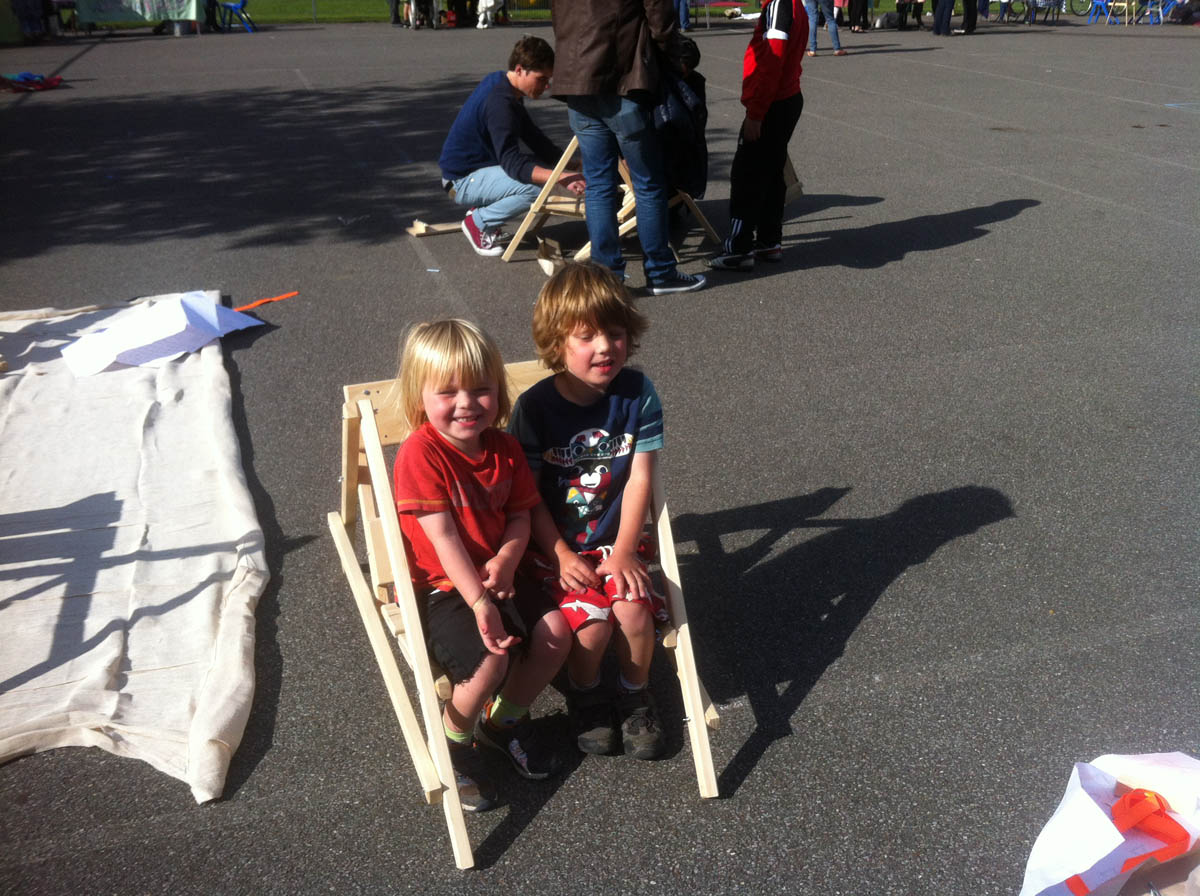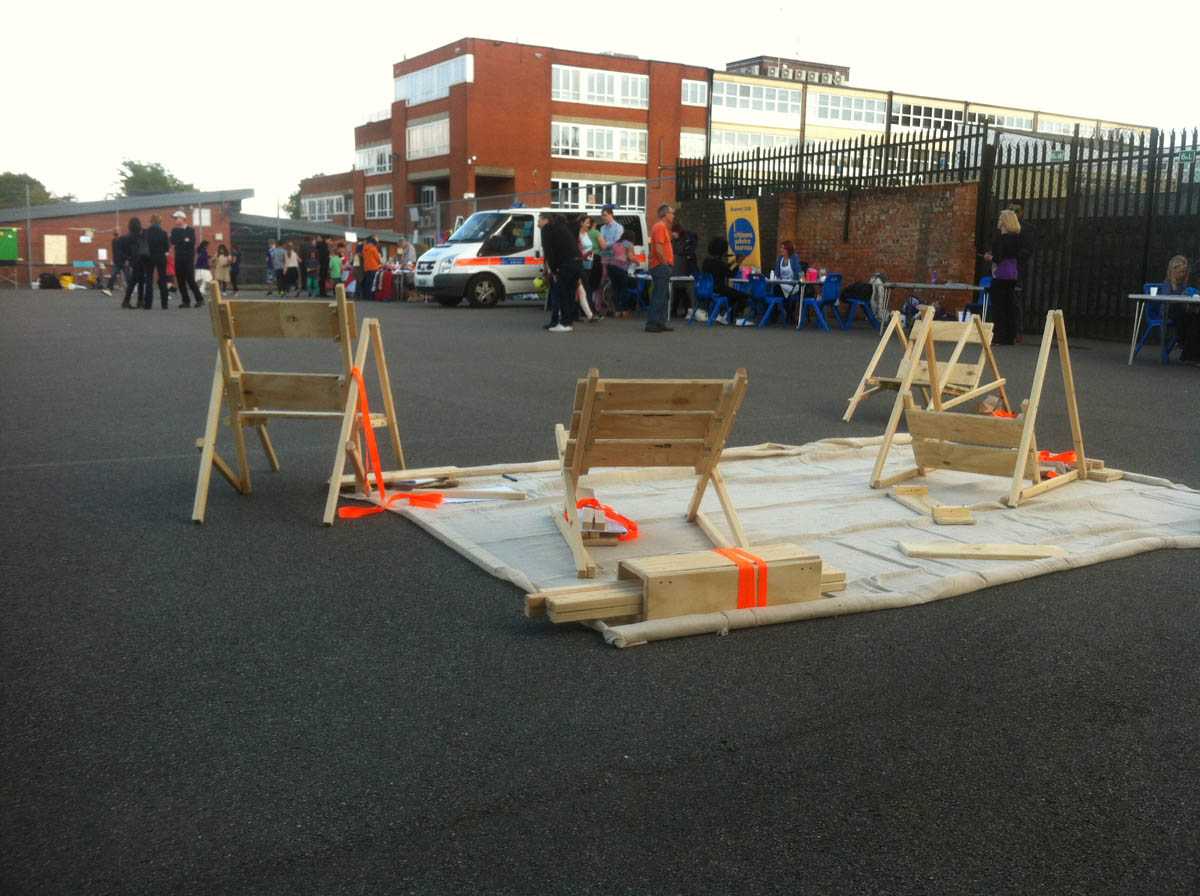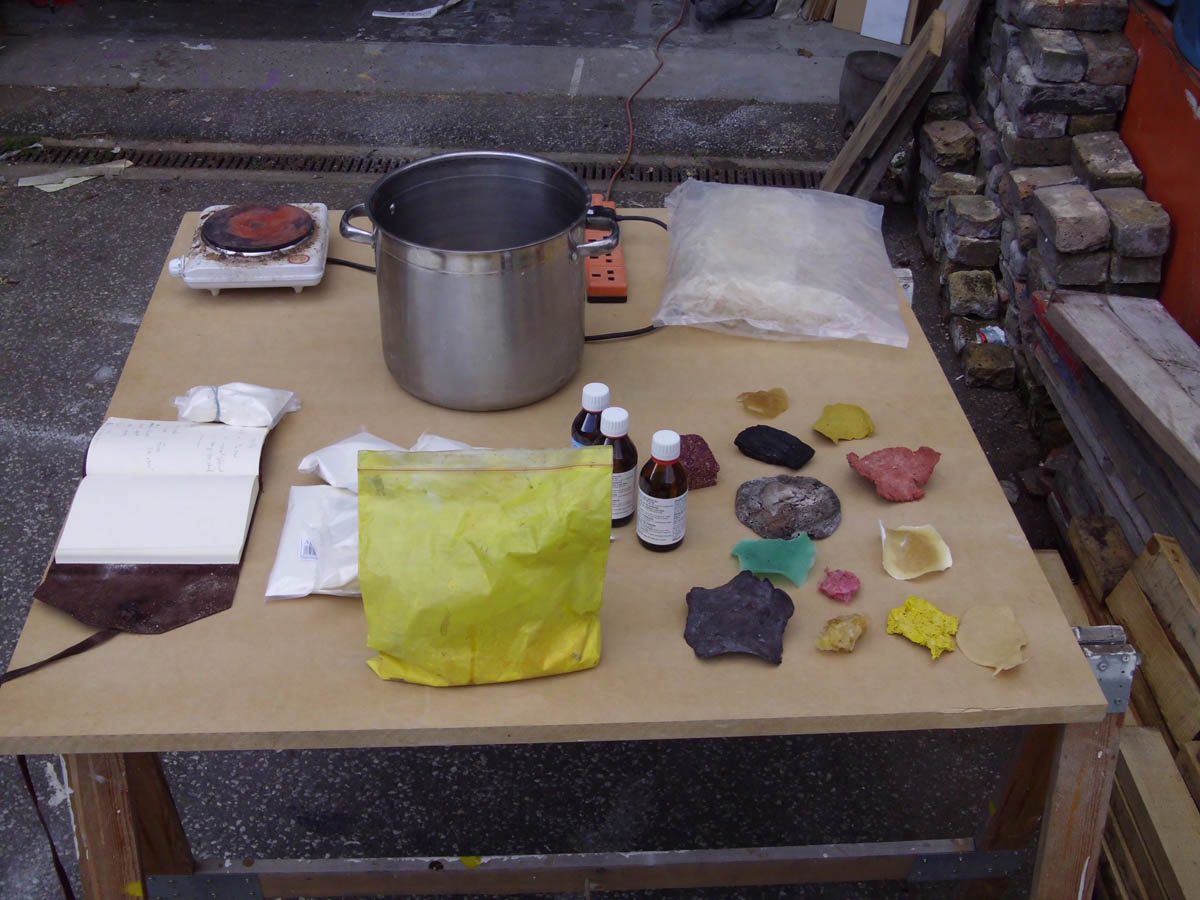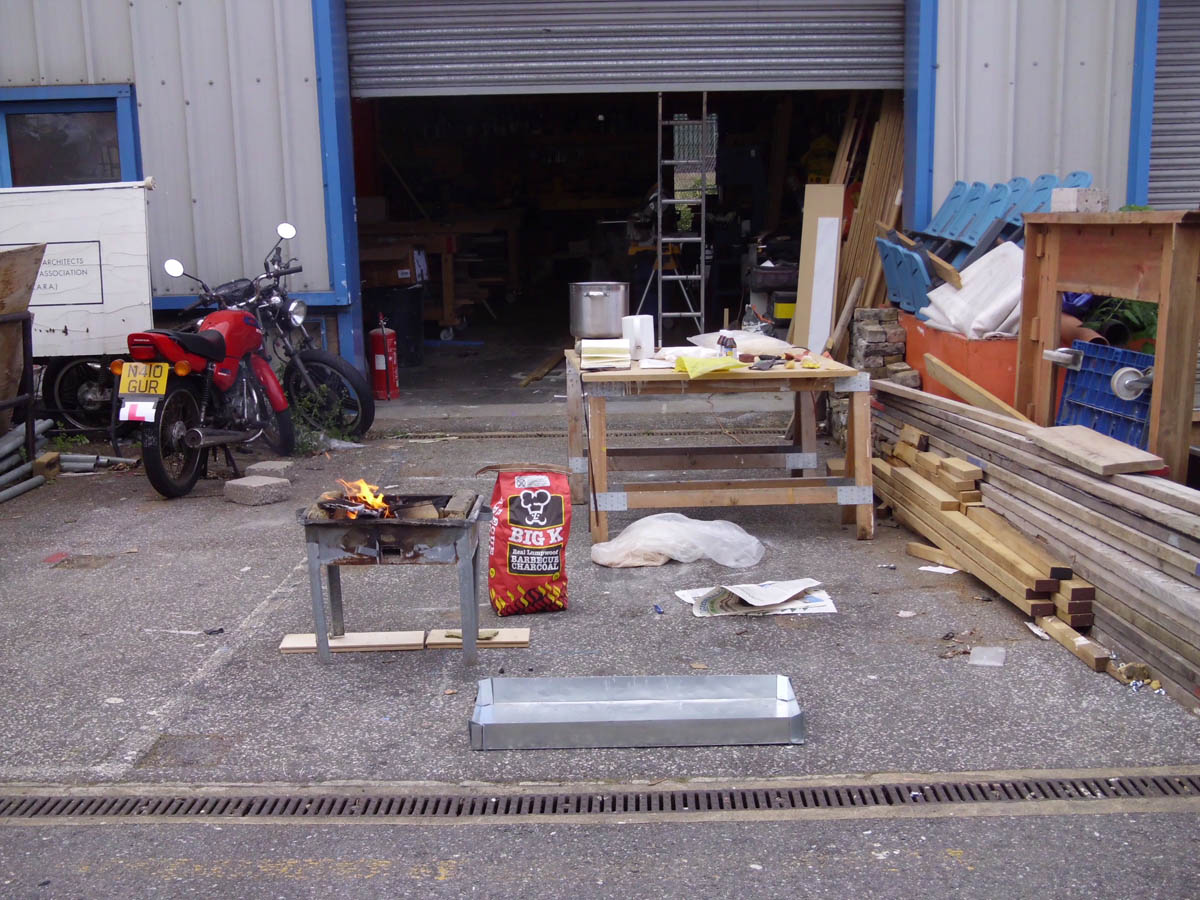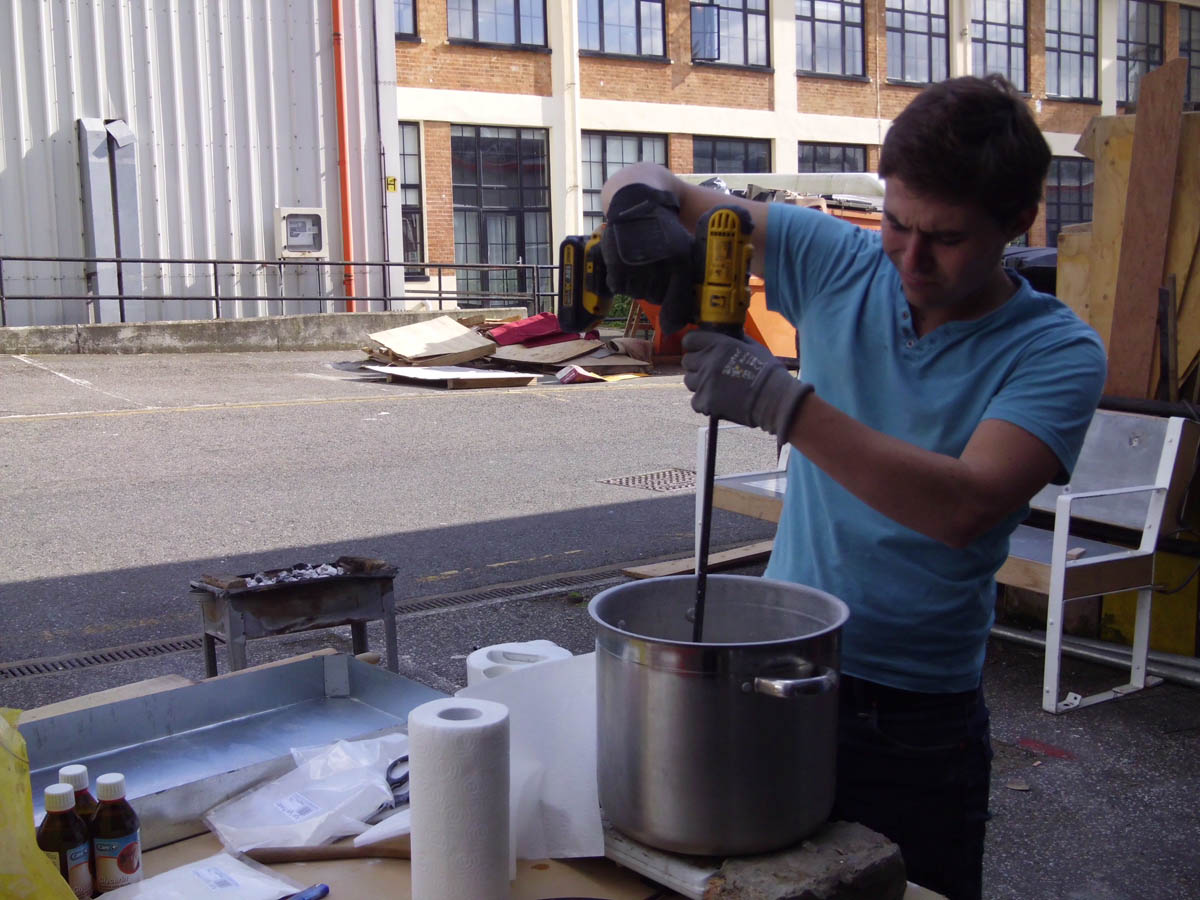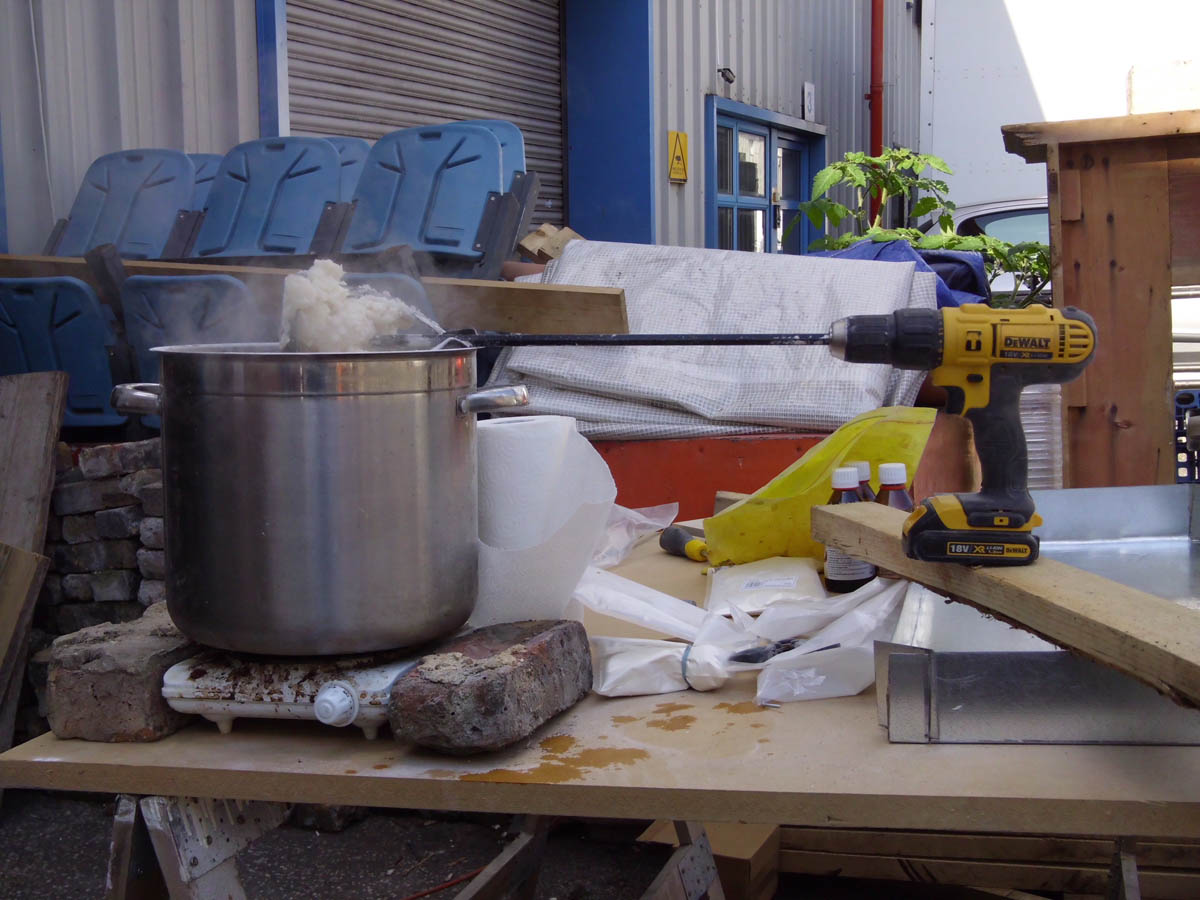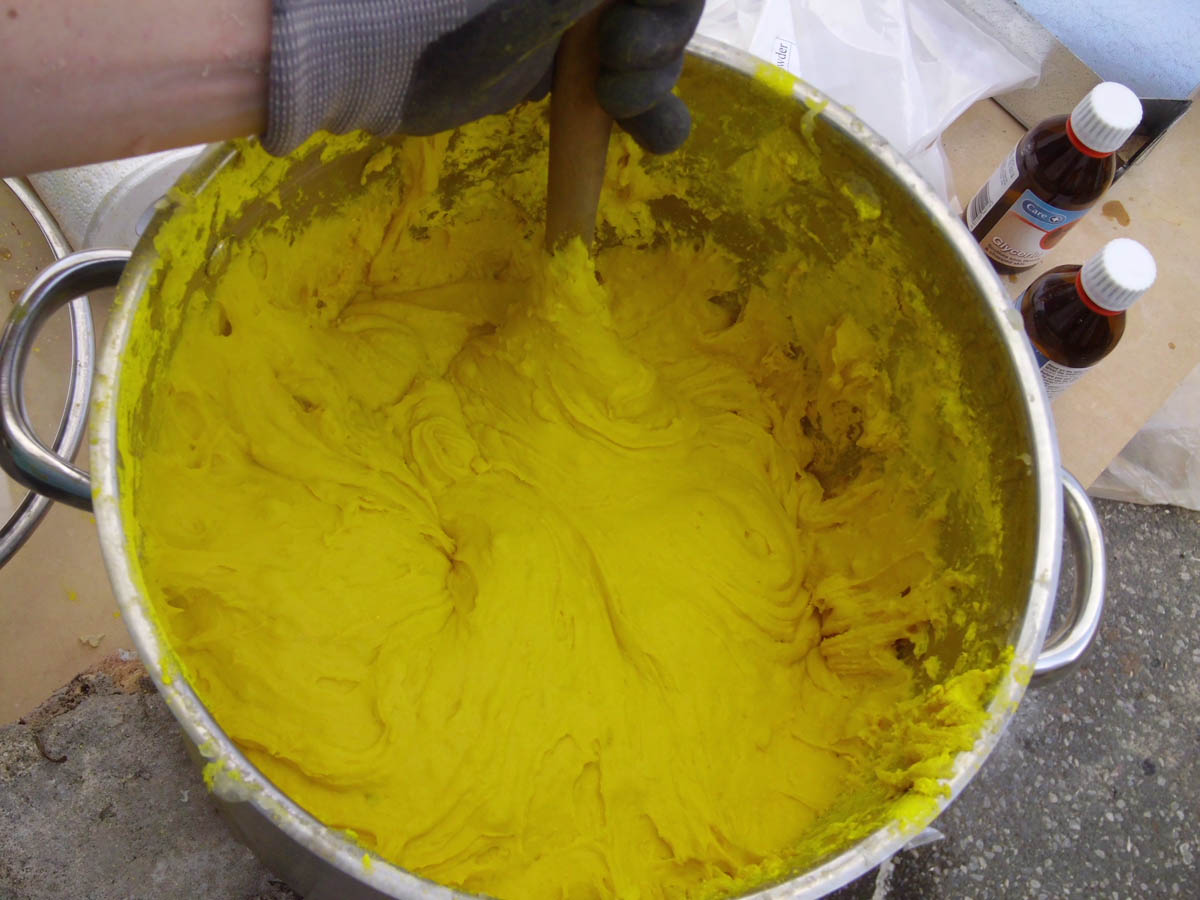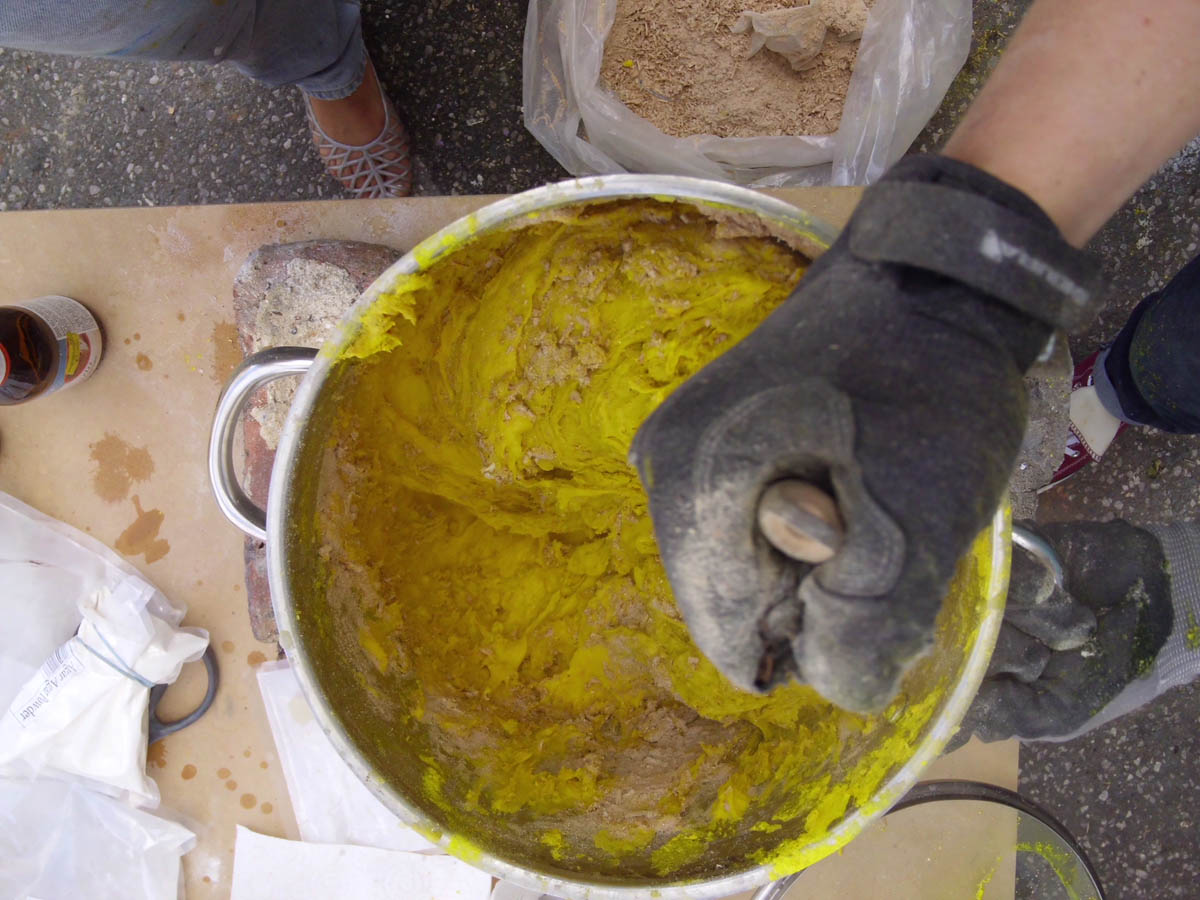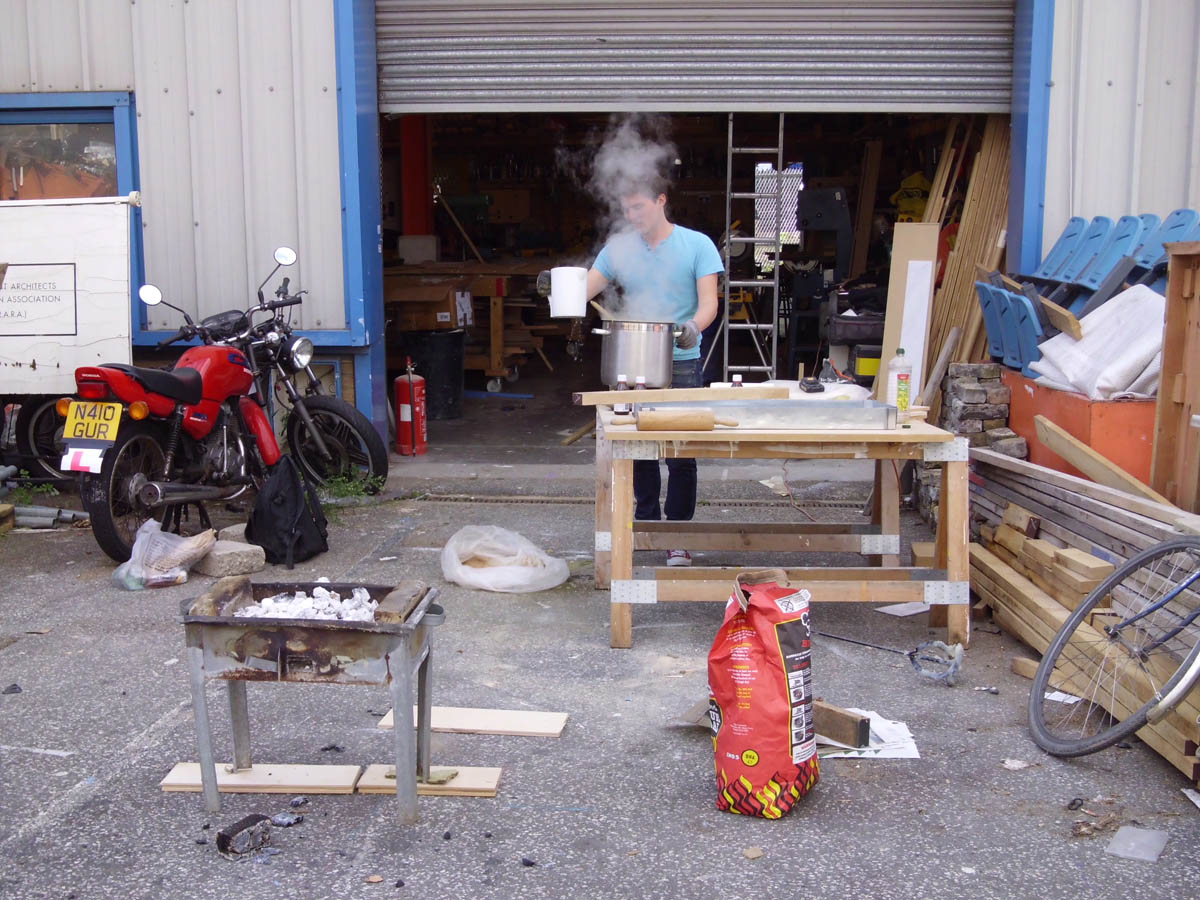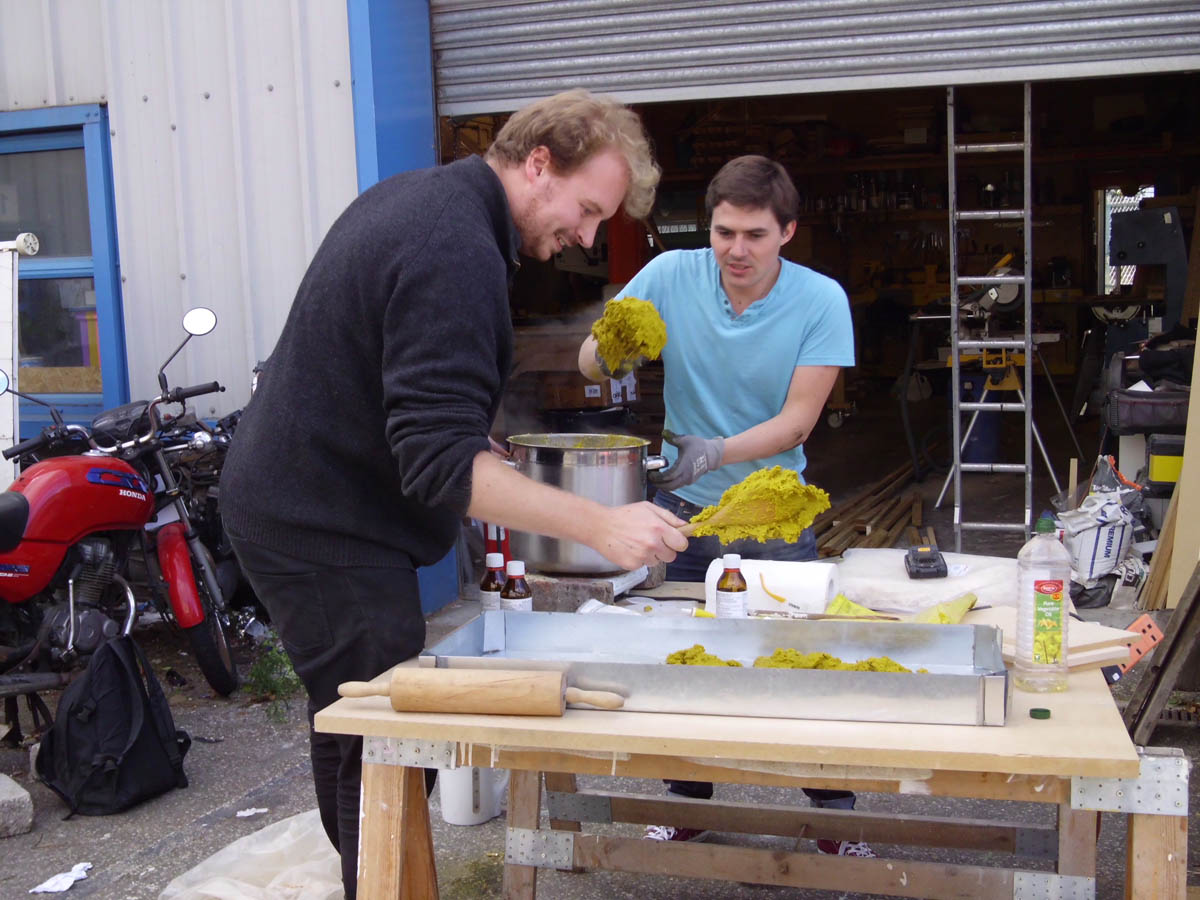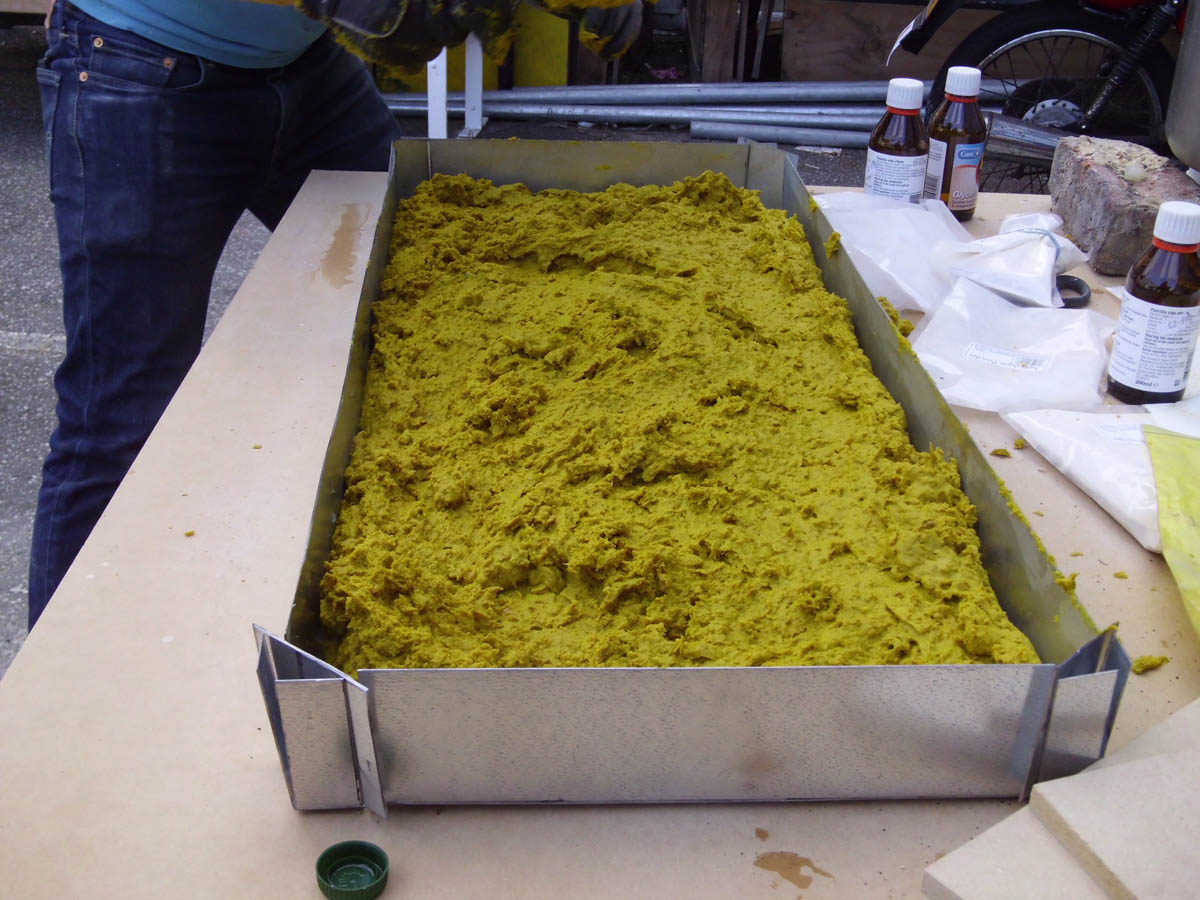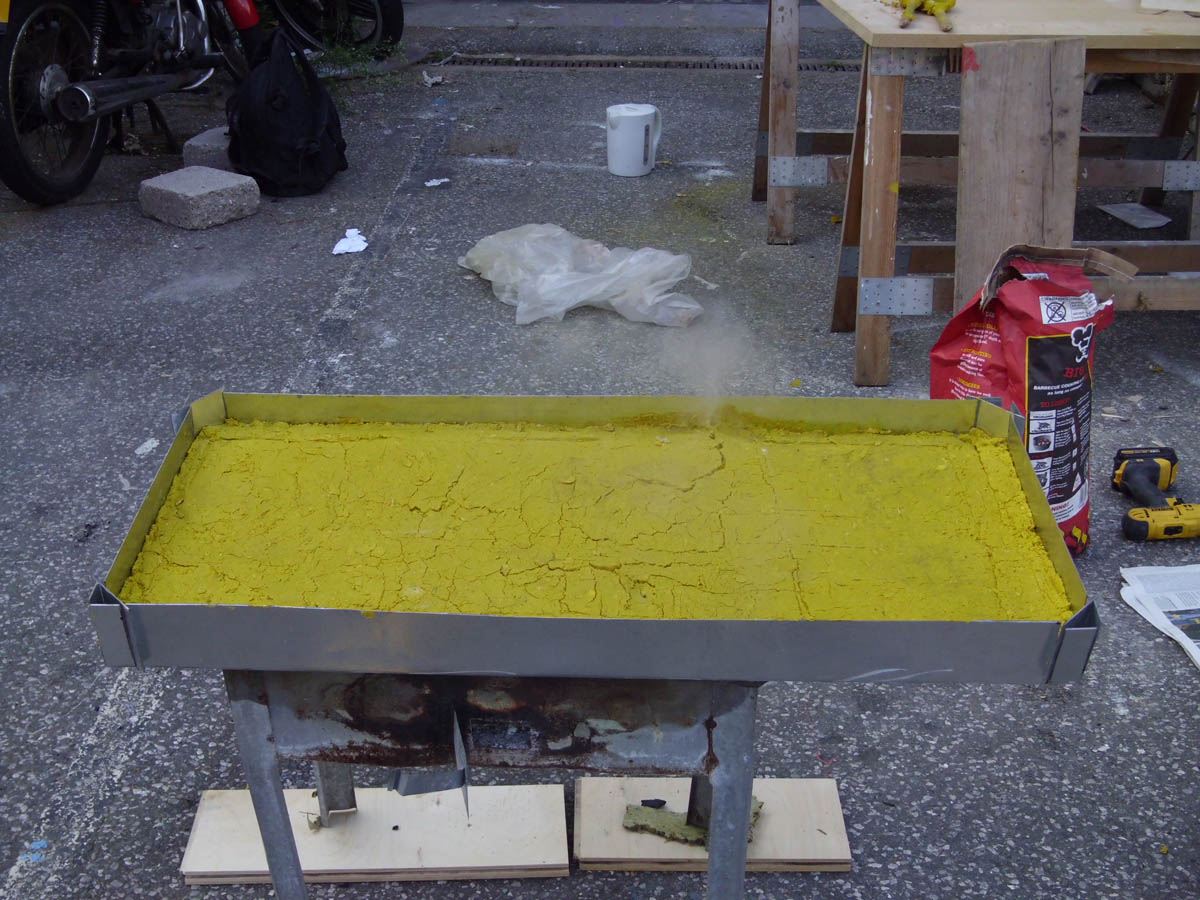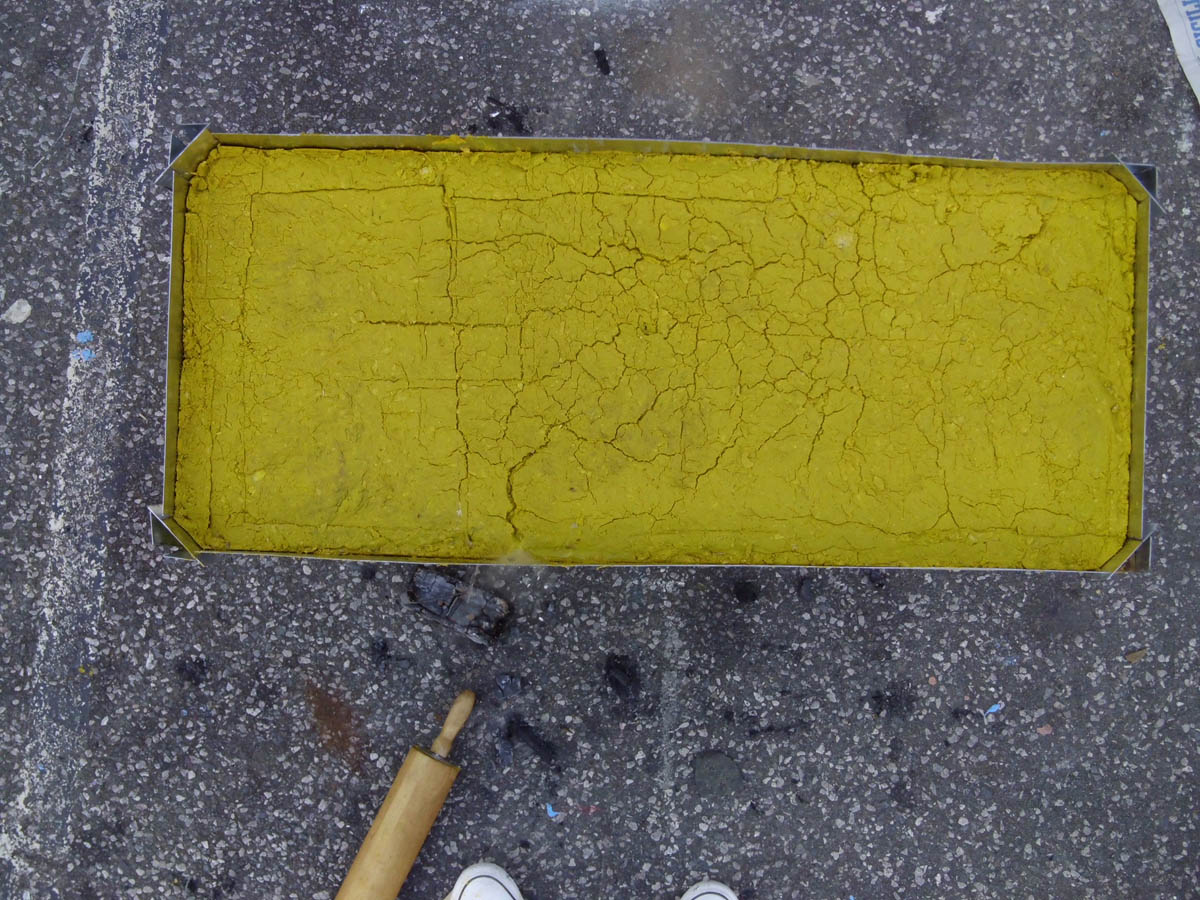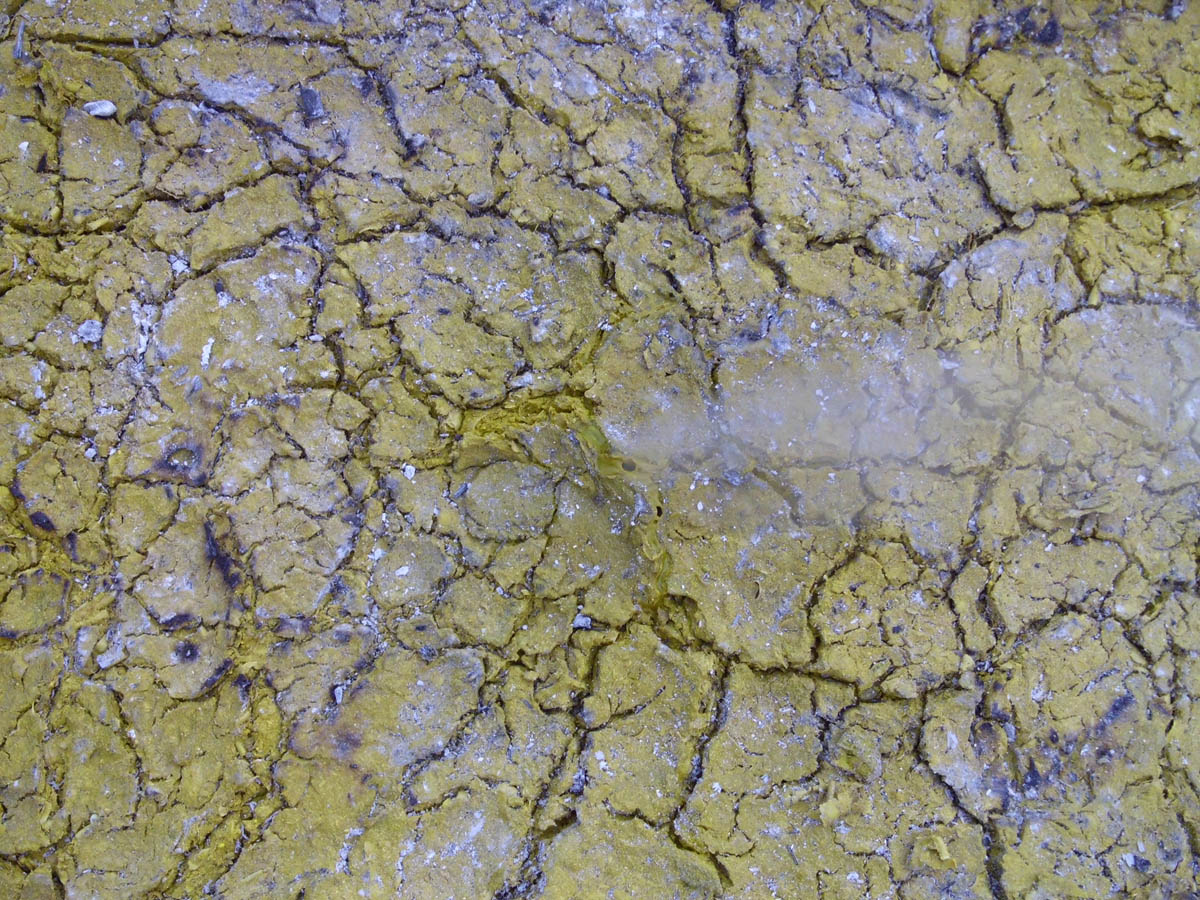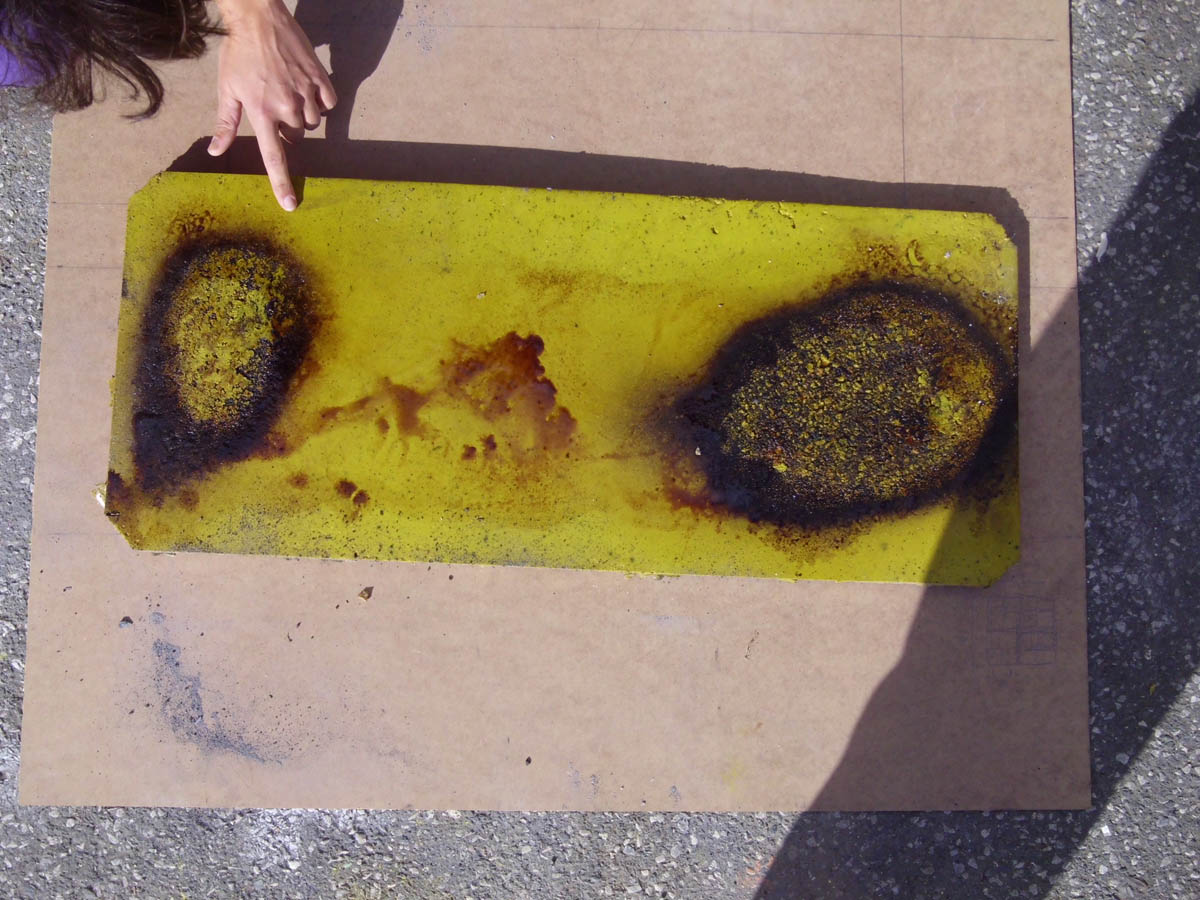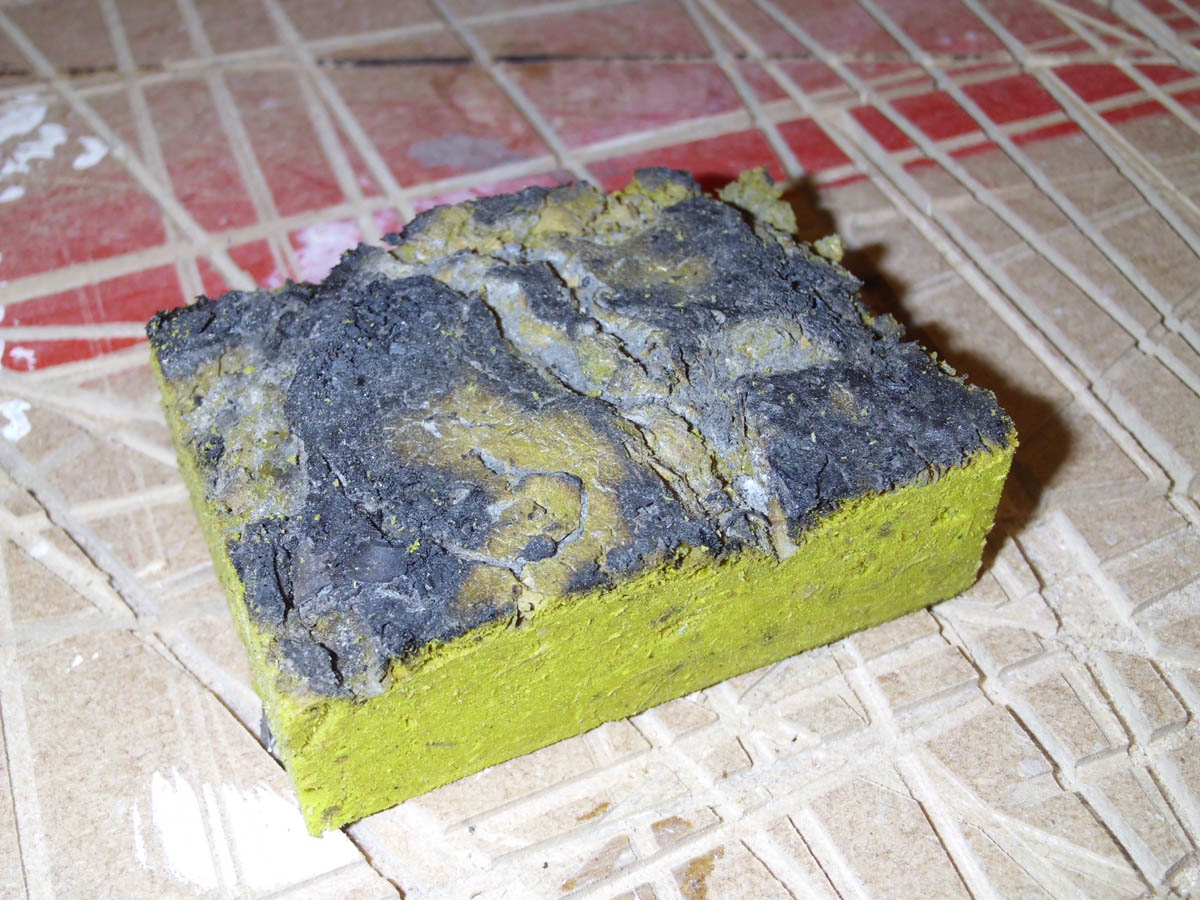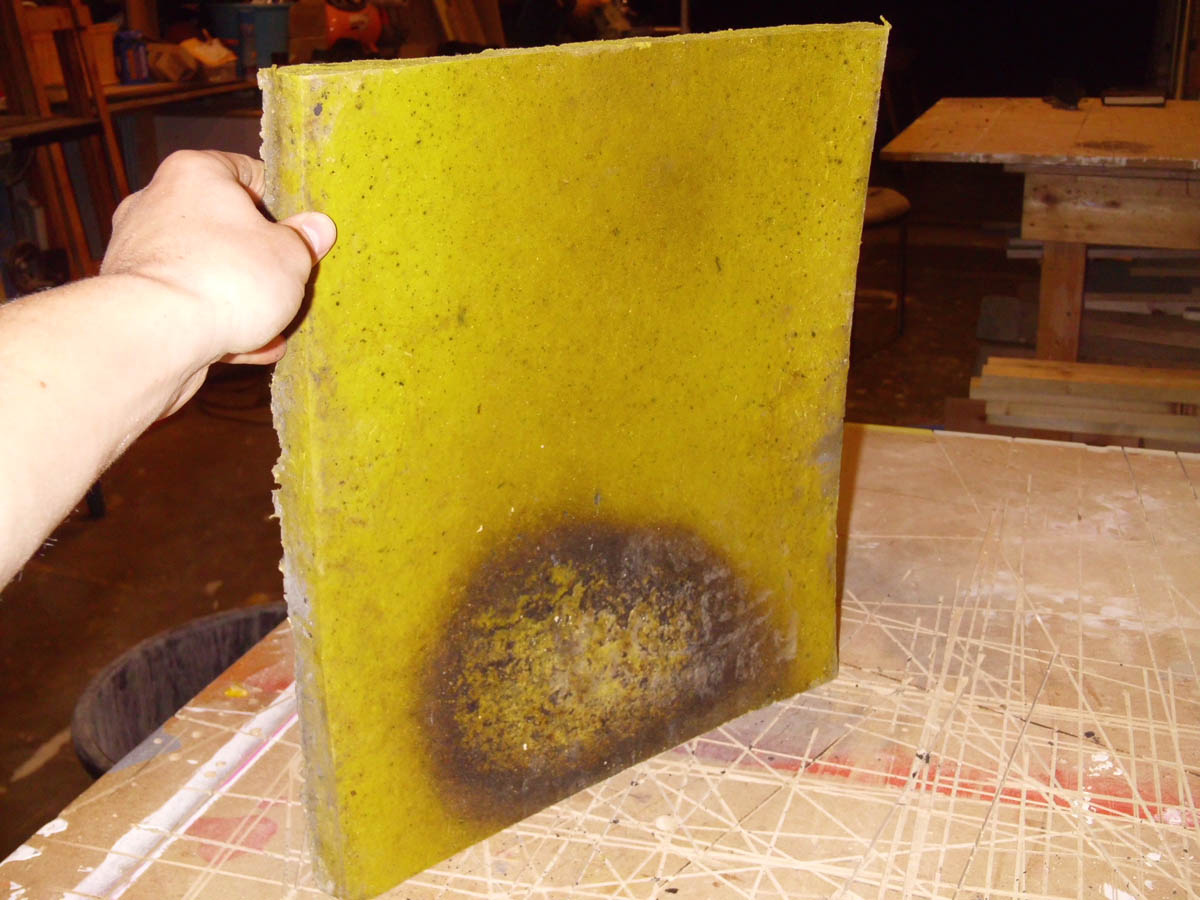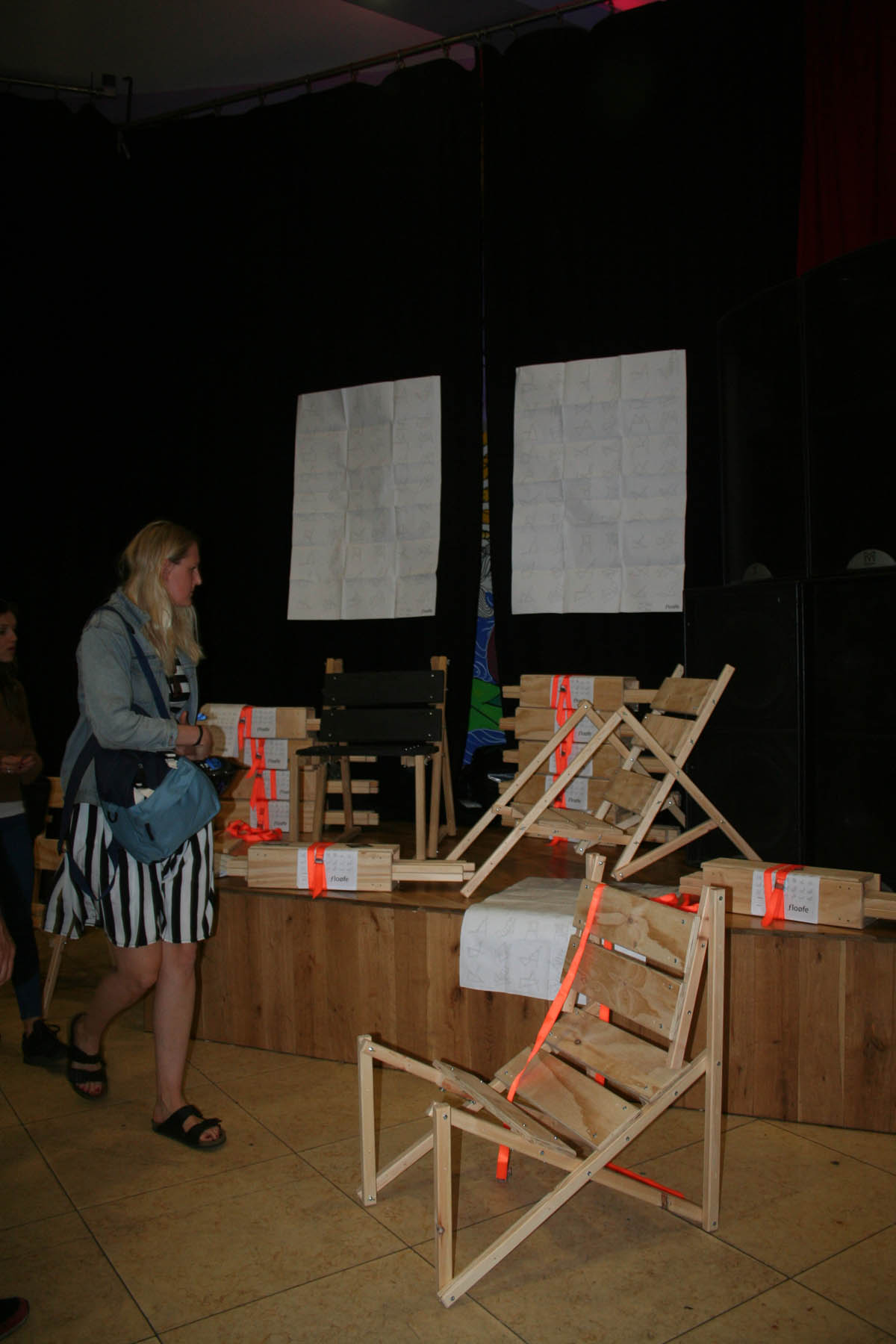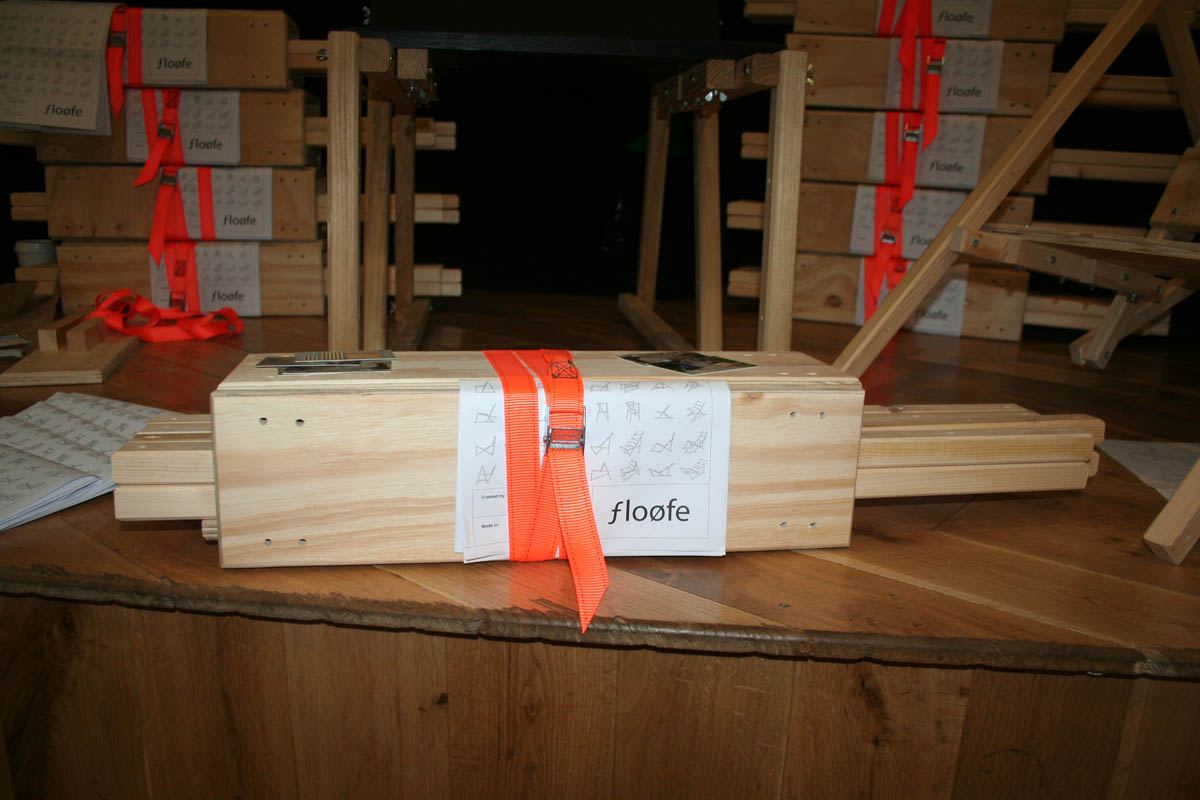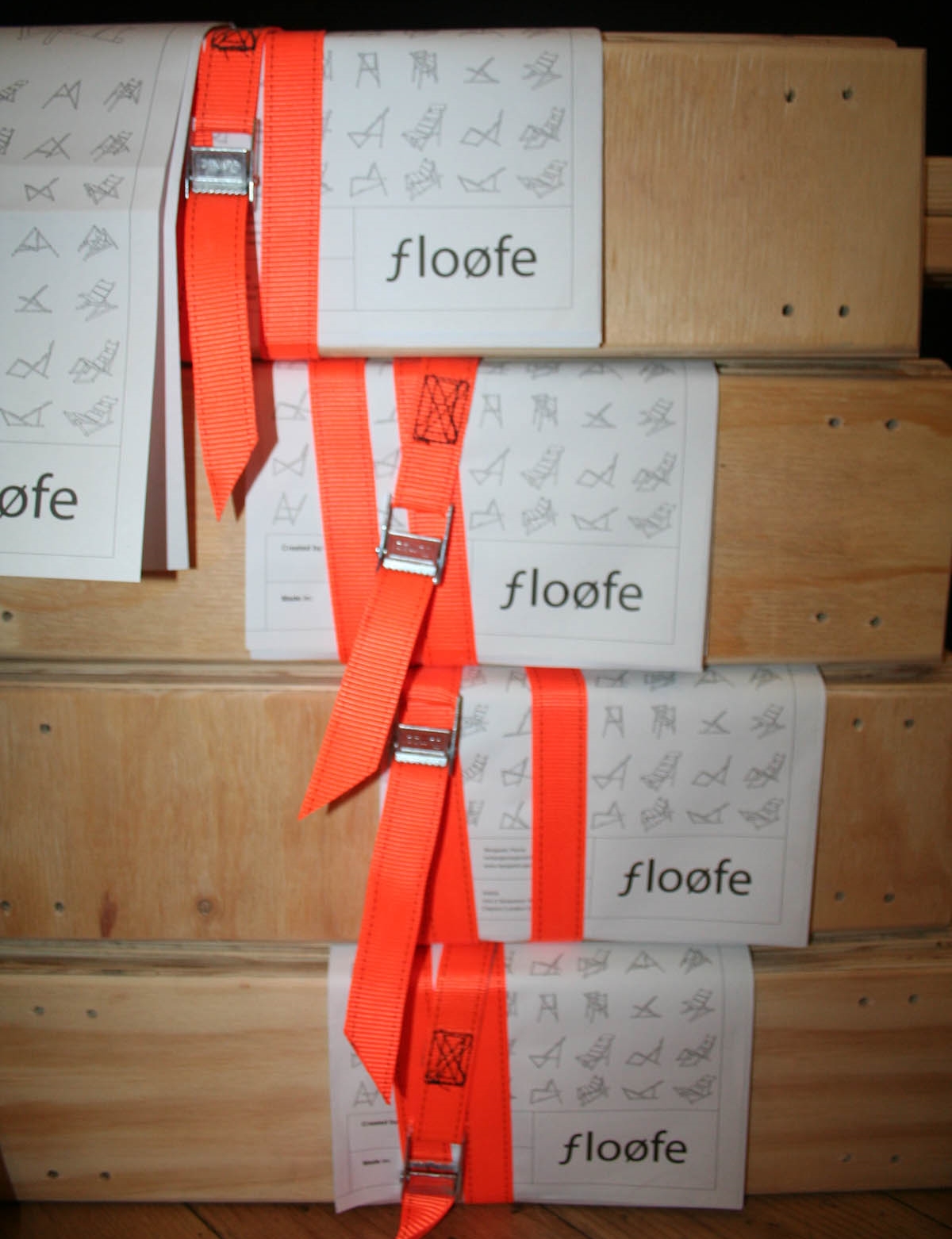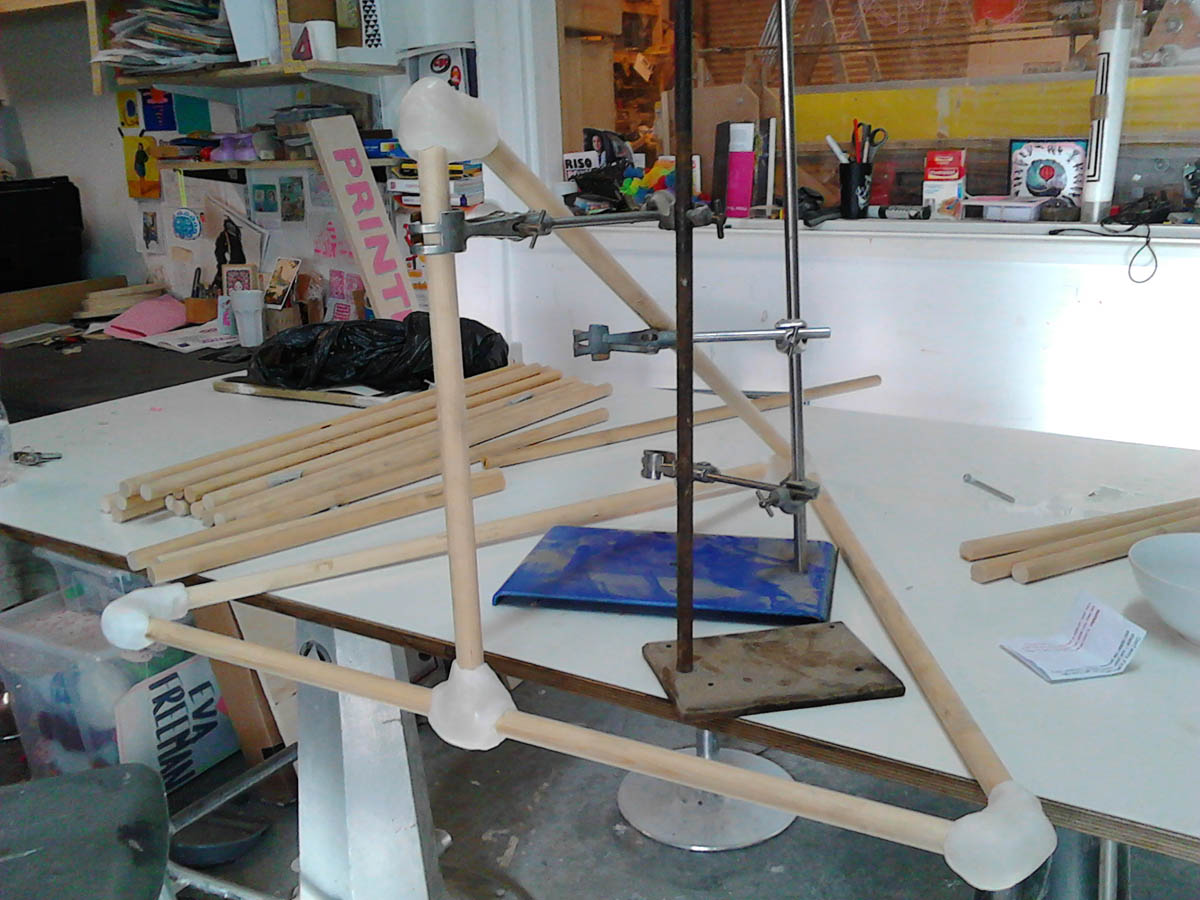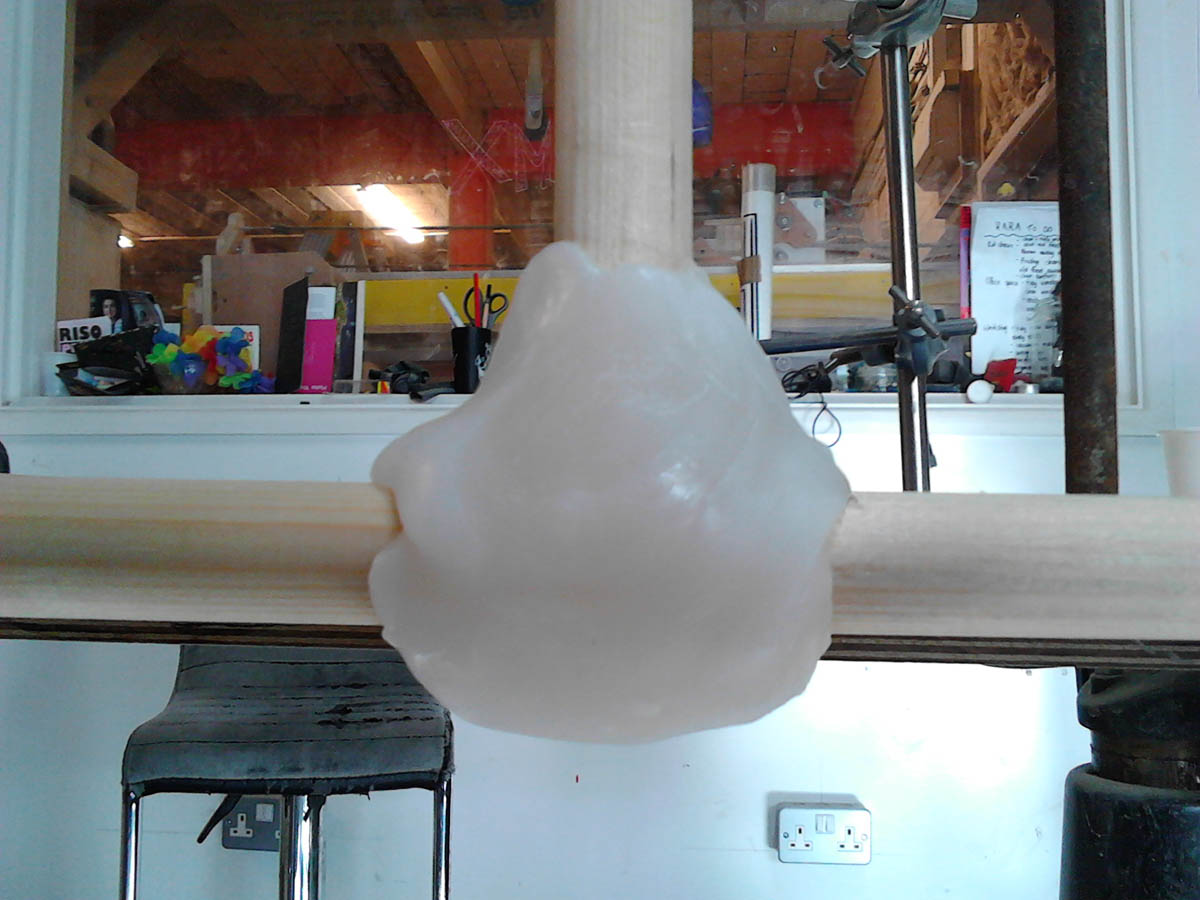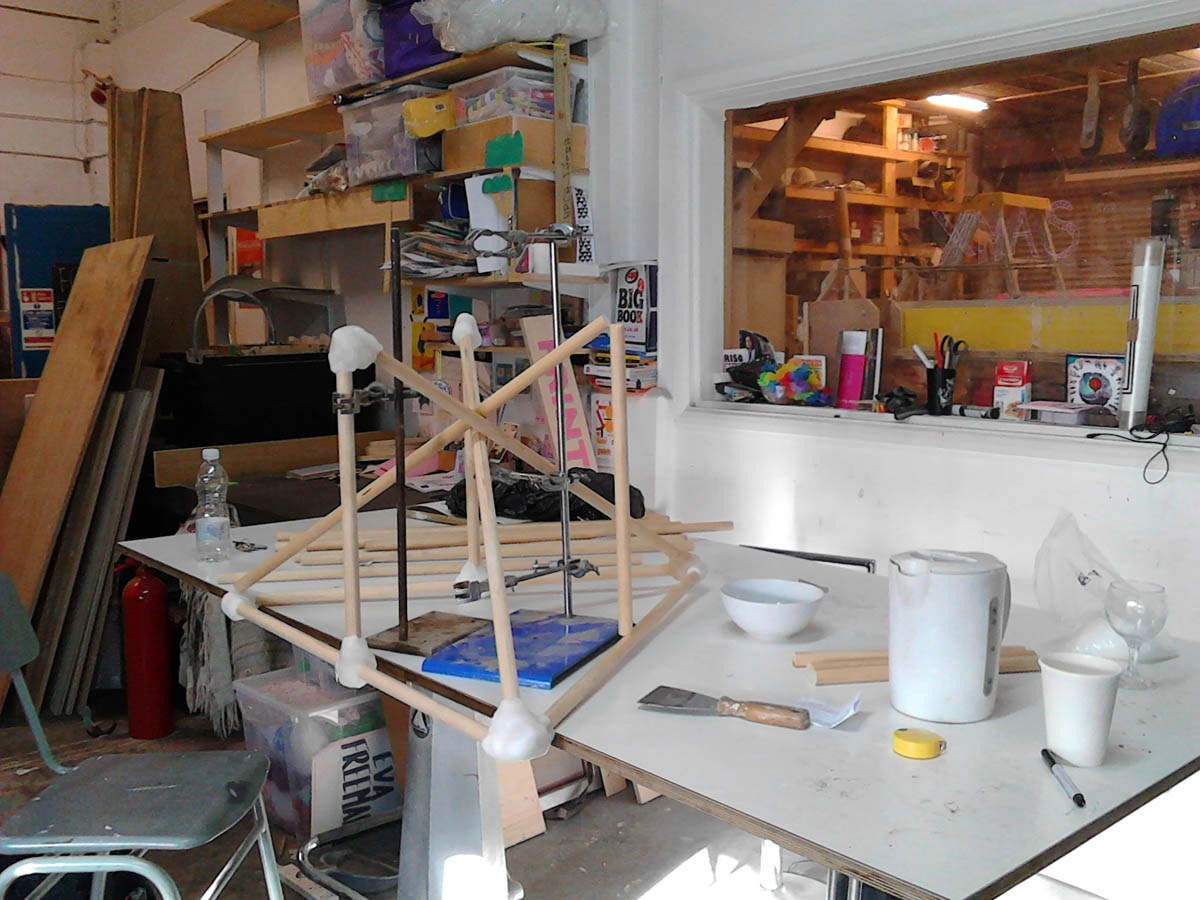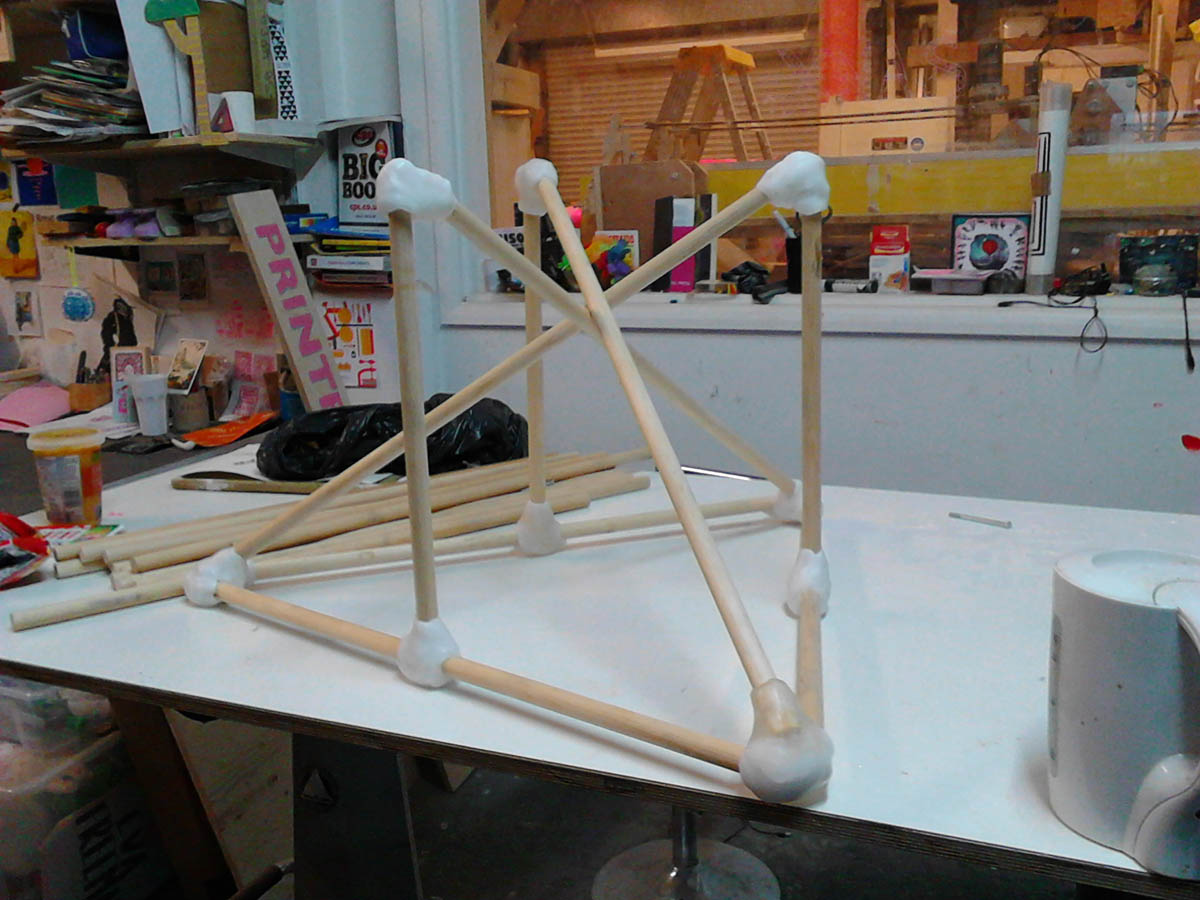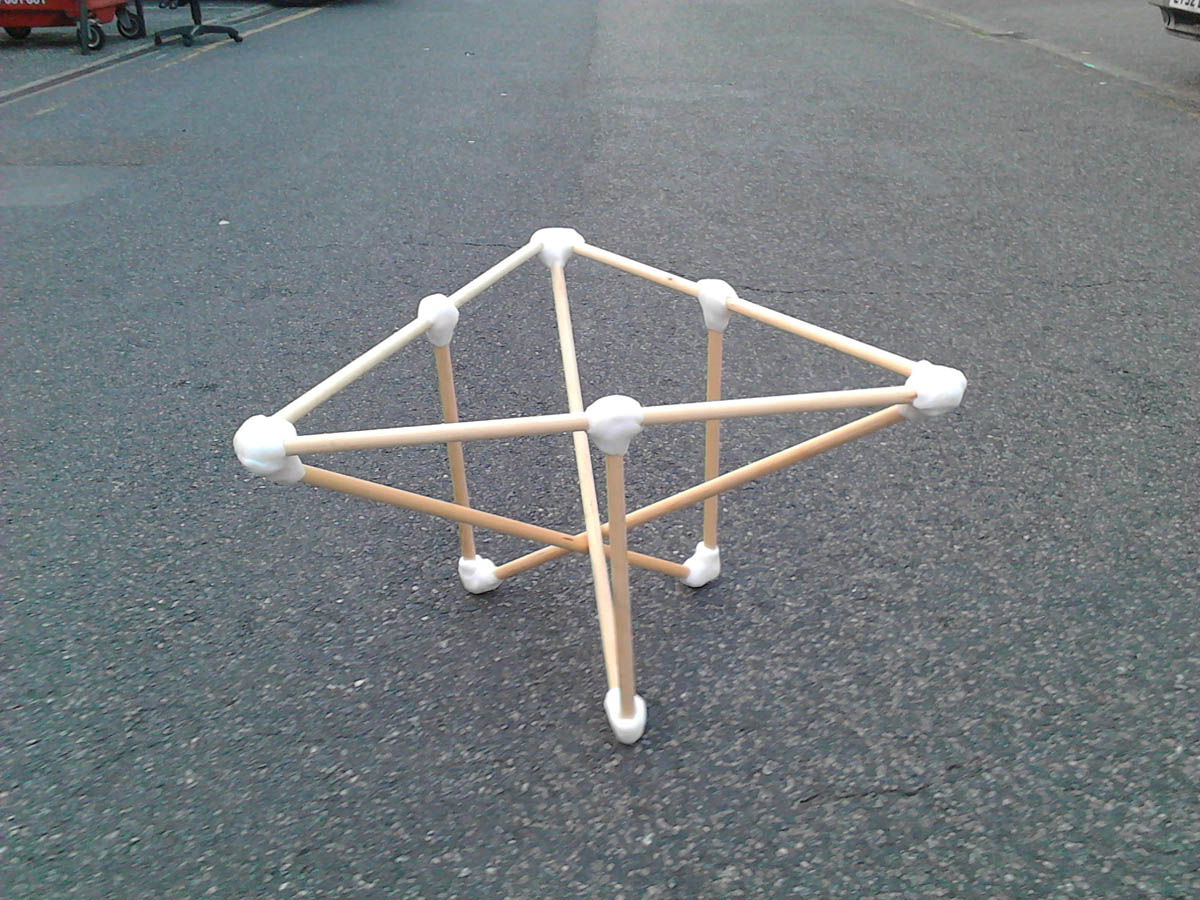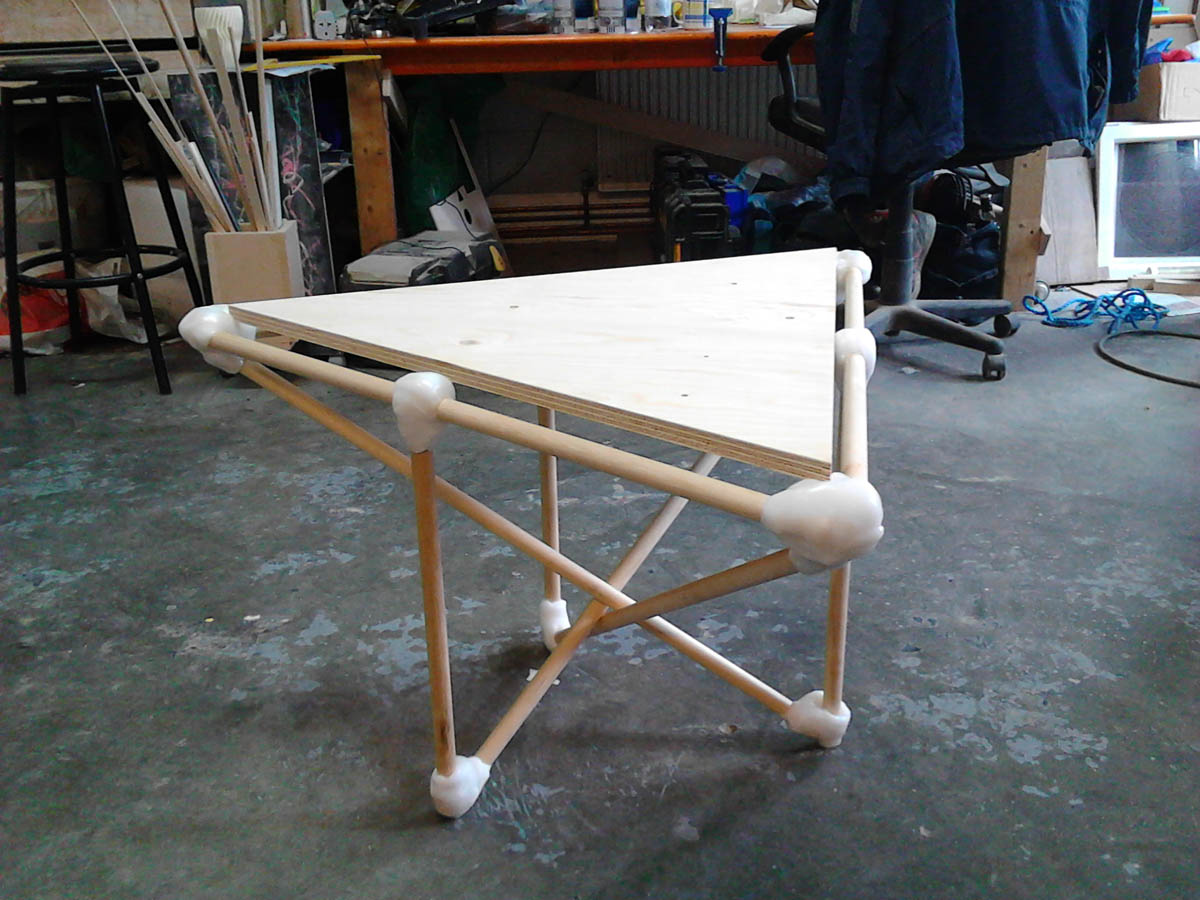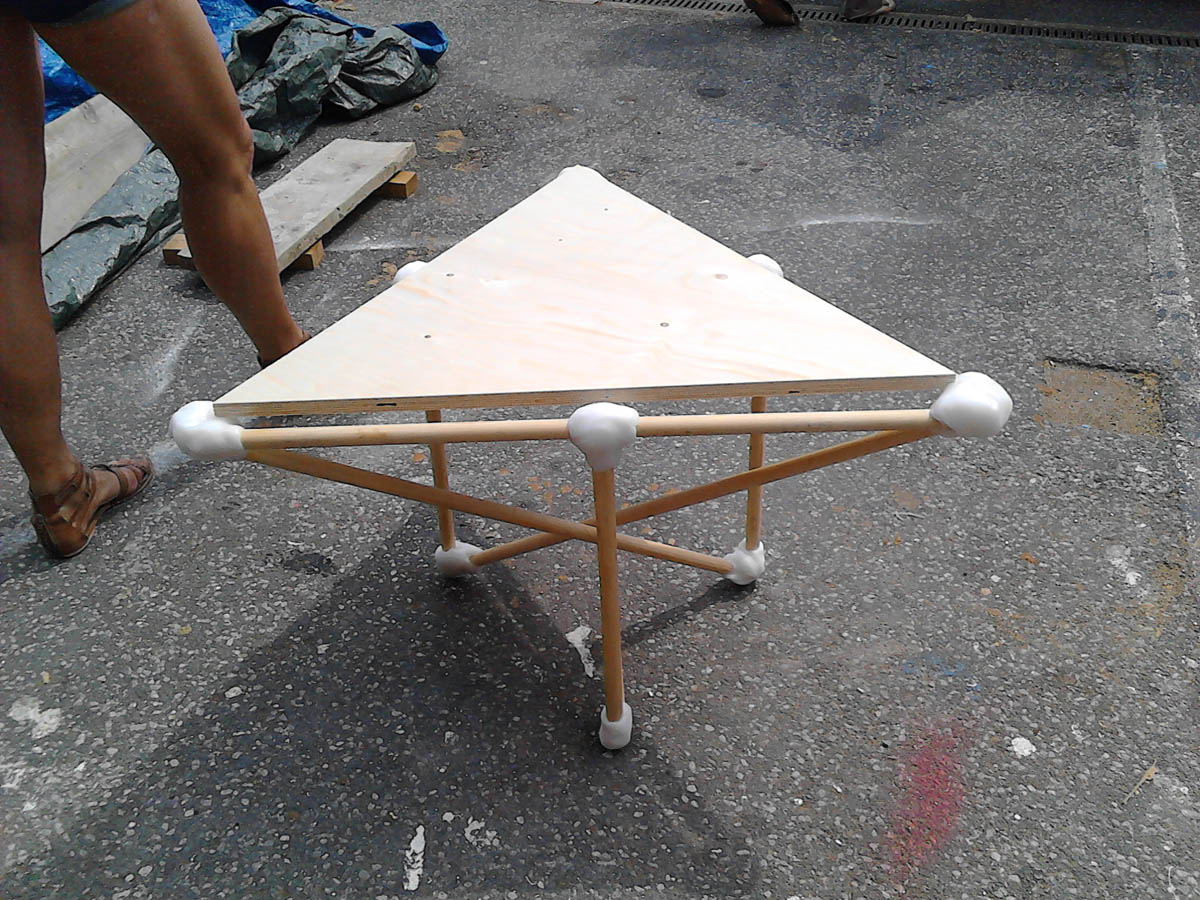On a tour with Zoubeir Mouhli (ASM) and the product design students (ESSTED) as part of our project: Tabnika fil Medina. A project focused on public realm and craftsmanship in the medina.
The public realm in Tunisian dialect is called: amlak al-bey, property of the Bey. This term, still in use today might partly explain why traditionally there were no “public spaces” but only different type of private spaces with a gradation from one to the other.
The inward looking architecture of the medina is built to protect the intimacy and privacy of its inhabitants. The layout of Dar Lasram, now home to the ASM of Tunis, is a prime example. Everything revolves around a central open space and there are no windows looking out.
Inside the house a few generations might coexist, each wives and children are given a room around the central courtyard. The divide between genders is the most important one. The female form is hidden away and there are a number of codes to make sure there are no inappropriate encounters.
The journey from the main road to the house is a walk through a maze of alleyways, sometimes one feels a bit unease while getting deeper into the urban fabric. Traditionally a large door might have fenced off the alleyway, creating yet another protection. One can still feel as if entering a private domain even though it is now open. Eventually a neighbour will inquire about your destination making sure you don't get lost...
Once in front of the house there is an elaborated system of metal door knockers to signal your presence. Depending on the sound it makes the visitor might be greeted in different ways.
The first step after having been introduced inside is the lobby or driba, it is a dark room with built-in benches, a reception for the less important visitors. To get further in, one is then being led through a series of L shaped corridors or skifa, the number of detours before accessing the courtyard is also dependant on the degree of nobility of its inhabitants. One can only wonder where this never ending architectural journey might lead.
This extreme care for privacy contrasts with the constant scrutiny, however much people try to hide there is no anonymity in the medina, everyone is watching and being watched. A good spot to gaze out is the café Sidi Ben Arous, a prime location on the way to the Zitouna mosque.

